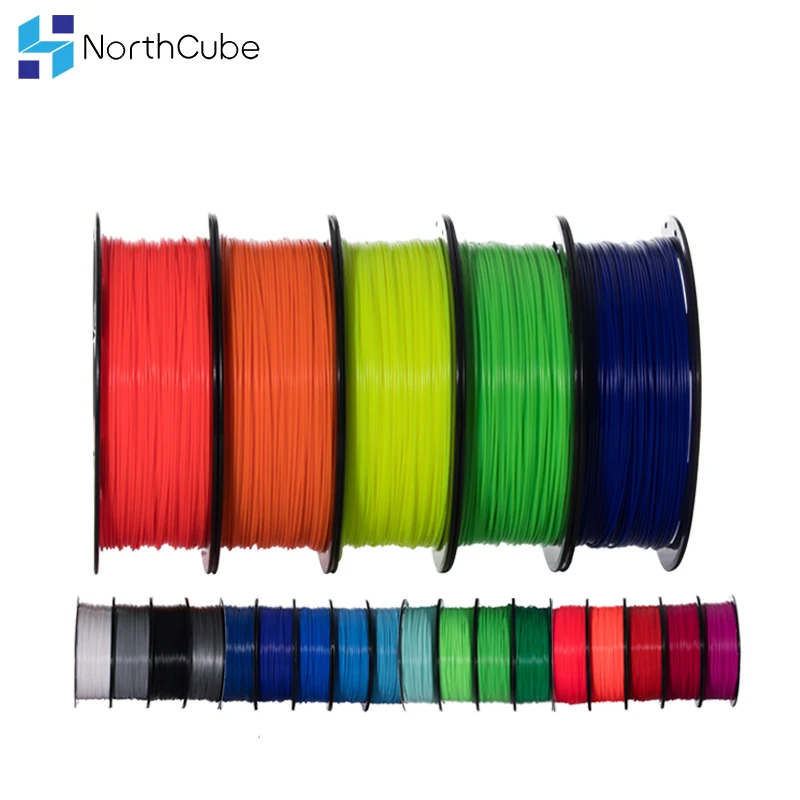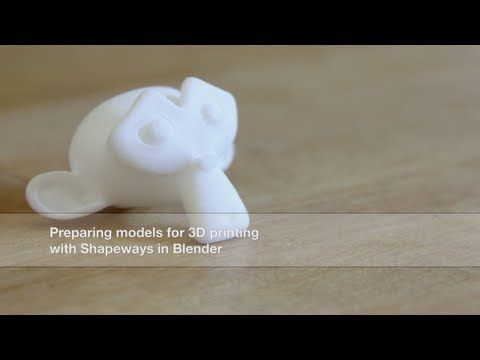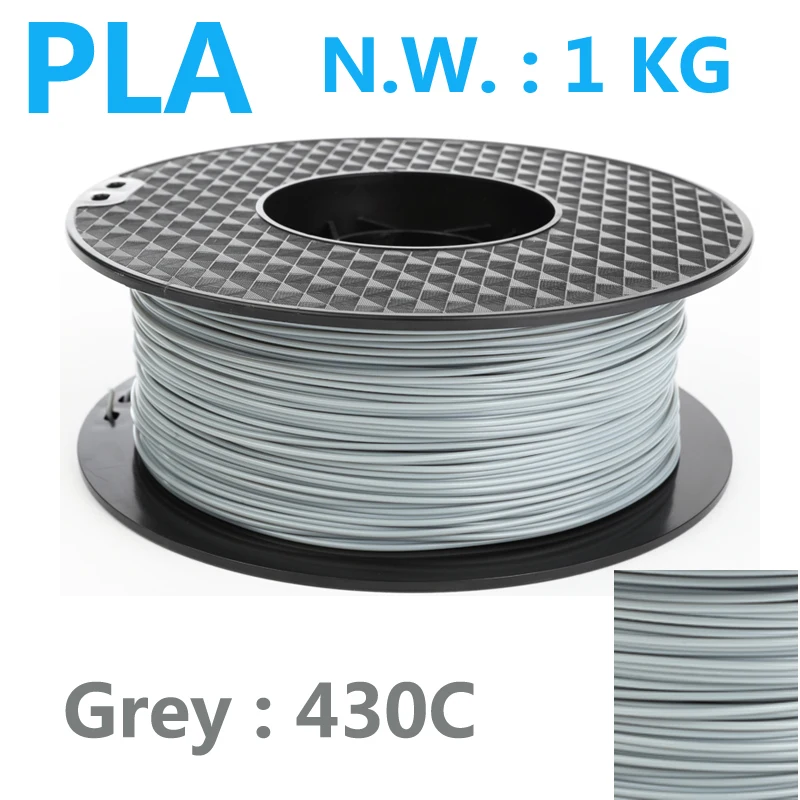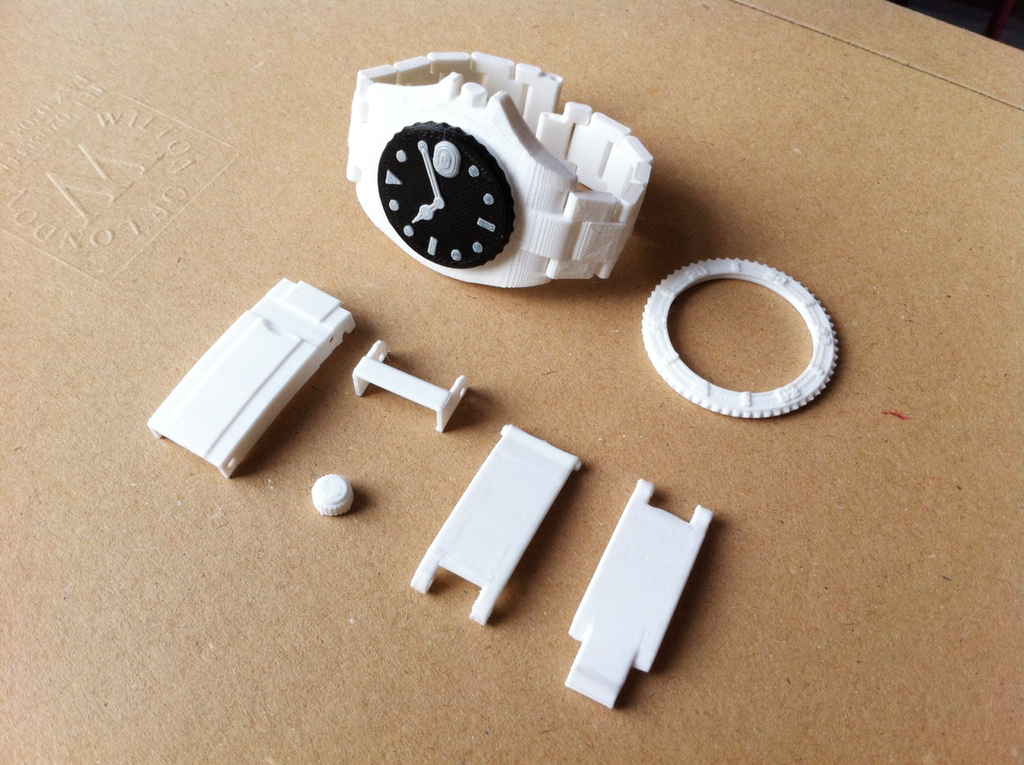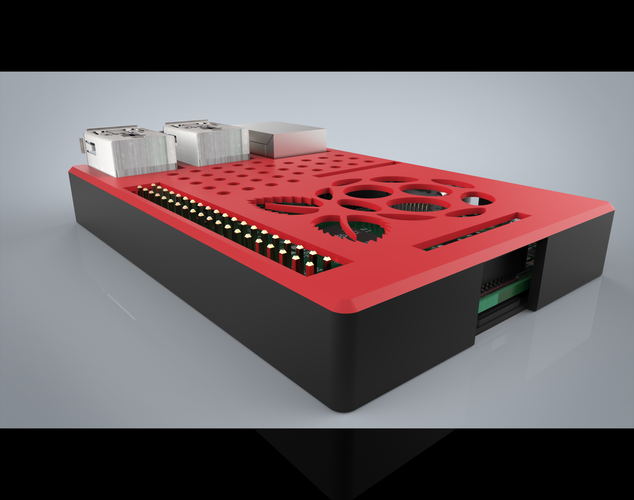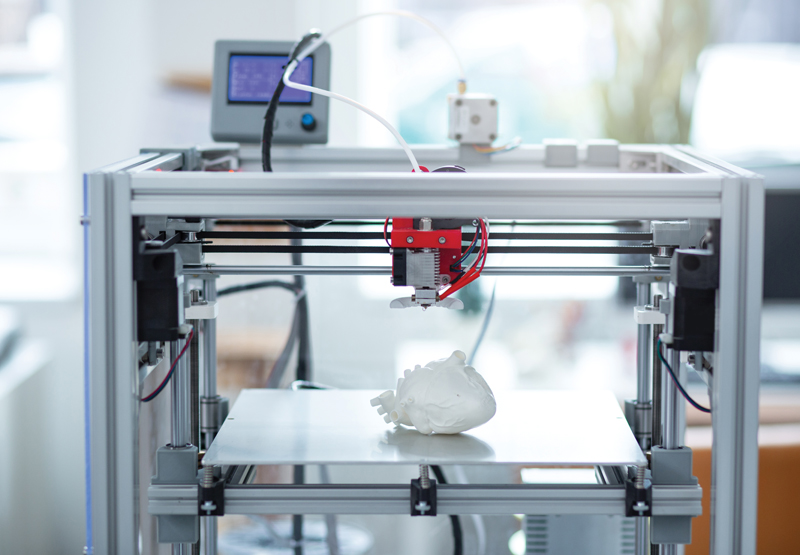Laser triangulation 3d scanners
The Complete Guide to 3D Scanners using Laser Triangulation
3D printing news News The Complete Guide to 3D Scanners using Laser Triangulation
Published on September 8, 2017 by Alexandrea P.
In line with our files on 3D printing processes, we will be starting today with a new series dedicated to the different techniques of 3D digitization. While the origin of the first 3D scanners dates back to the 1960s, this first portion will be focused on one of the simplest scanning technologies: laser triangulation.
The birth of 3D scanners goes back to the work of the National Research Council Canada, one of the first laboratories that developed a 3D digitization technique based on laser triangulation in 1978.
By definition, a 3D scanner is used to obtain a “digital image” of a physical object. To acquire this digital replica, there are different methods to record the object, which is then analyzed and reprocessed on a computer in order to determine its general shape.
Laser triangulation is based on a trigonometric calculation
In the case of laser triangulation, the scanners used comprise three main elements (which will form the three vertices of a triangle): a laser transmitter, a camera, and the object to be scanned. A rotating plate is also used to lay the object and obtain its different faces.
Laser triangulation 3D scanners generally use semiconductor lasers in particular because of their low cost and their small size. They are characterized by a red colored beam.
With this method, the digitization begins with the emission of a rectilinear laser beam which deforms on contact with the object. Through the camera, the 3D scanner analyzes the deformation of the line emitted by the laser on the reliefs of the object in order to determine, by means of trigonometric calculations, its position in space.
The angle formed between the camera and the beam of the laser, the distance from the camera to the object and that of the laser source to the object (known by calculating the time taken by the laser to make a round trip), are all parameters which make it possible to determine the spatial coordinates of the object.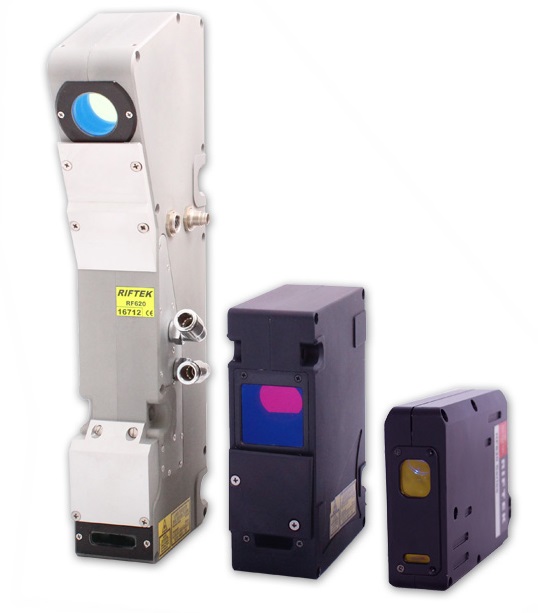
Advantages and disadvantages
The main advantage of laser triangulation is its low price, with the first DIY models available for only a few hundred euros. Its acquisition speed (less than 10 minutes on average for an object) and its precision level (of the order of 0.01 mm) also make it a popular technology.
As for the disadvantages, it should be noted that the digitization of transparent or reflective surfaces can prove difficult, a problem that can be circumvented by using a white powder. Its limited range (only a few meters) also reduces the number of possible applications.
The best-known 3D laser triangulation scanners include the MakerBot Digitizer, the BQ Ciclop, the Matter Form by eponymous, or Faro’s Focus3D professional 3D scanners.
Find all our 3D printer tests here
What is laser 3D scanning? | Professional 3D scanning solutions
BySvetlana Golubeva
Jan. 24, 2022
15 min read
7196
12
summary
In this guide, we take a deeper look into one of the most popular 3D scanning technologies – laser 3D scanning.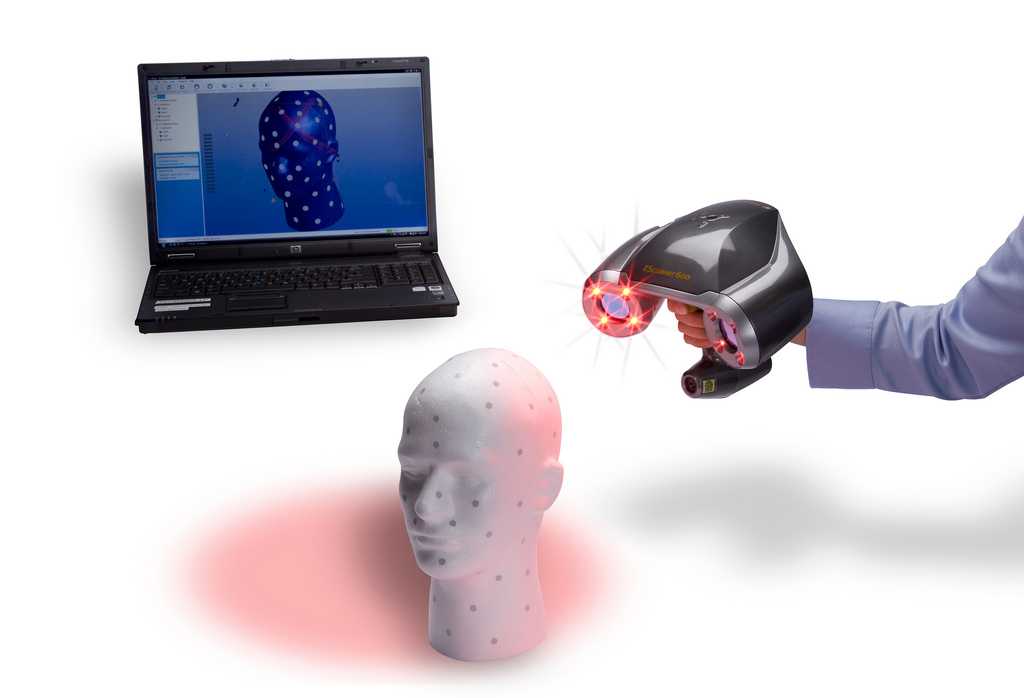 After reading it, you’ll be familiar with what types of scanners are referred to as “laser,” how they work, where they’re most useful, and what they are used for.
After reading it, you’ll be familiar with what types of scanners are referred to as “laser,” how they work, where they’re most useful, and what they are used for.
Types of laser scanners by technology
Time of flight, phase shift, triangulation
Types of laser scanners by product
Handheld, tripod-mounted, desktop
Types of laser scanners by range
Short range (up to 5 m), medium range (up to 120 m), long range (up to 2 km)
Today, there are multiple ways and technologies to bring an object from the real world into the digital 3D space. You can do it with various types of 3D scanners: desktop, handheld, or tripod-mounted, industrial or consumer-grade; photo cameras and photogrammetry software; contact-based measuring systems; smartphones or tablets with built-in LiDAR sensors; mobile, terrestrial, airborne systems, and more.
In this article, we’re going to focus on one of the most popular scanning technologies used everywhere from construction and land surveying to forensics and heritage preservation – laser 3D scanning.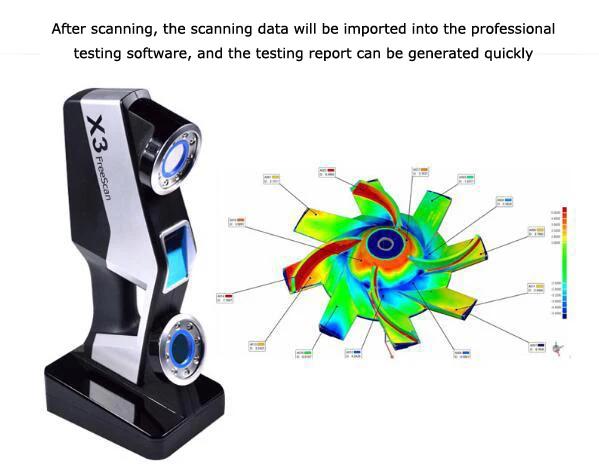 We’ll see what types of scanners are referred to as “laser,” how each of them work, and where and what those devices are used for.
We’ll see what types of scanners are referred to as “laser,” how each of them work, and where and what those devices are used for.
What is a 3D laser scanner?
When people hear the term “laser 3D scanner,” they might imagine an array of scanning devices, depending on their background and area of expertise. An industrial designer, for example, might picture a portable handheld unit that can capture small to medium objects at a short range, while a construction worker – a tripod-mounted terrestrial scanner for surveying and measuring larger objects such as buildings or entire outdoor areas from the ground. A surveying and mapping technician, on the other hand, would likely picture a car or a drone with a scanning system onboard used for mapping terrain on the go. And all of them would be right, because each of the devices above can correctly be referred to as a 3D laser scanner.
So, what is laser scanning and which devices can be called laser scanners?
To simplify it, laser scanning is a process of capturing precise, three-dimensional information from a real-world object, a group of objects, or an environment, using a laser as a light source.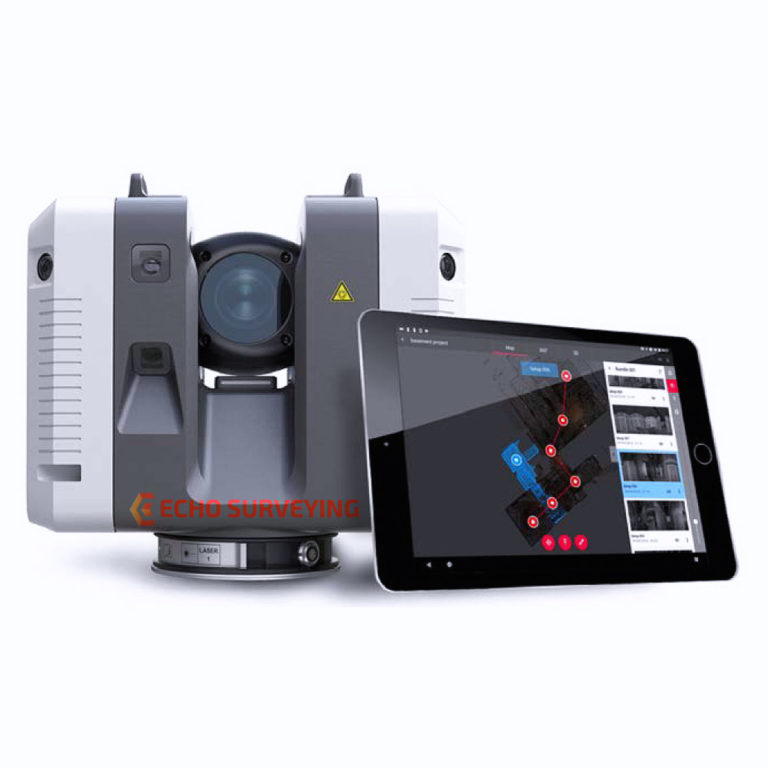 By projecting laser light onto the object, the scanner creates point clouds – millions of precisely measured XYZ points that define the object’s position in space. Some laser scanners allow the option of downloading the model as point clouds, while others automatically convert it into a triangulated mesh, which can then be transformed into a CAD model or a full-colored 3D model if the recording of texture is supported.
By projecting laser light onto the object, the scanner creates point clouds – millions of precisely measured XYZ points that define the object’s position in space. Some laser scanners allow the option of downloading the model as point clouds, while others automatically convert it into a triangulated mesh, which can then be transformed into a CAD model or a full-colored 3D model if the recording of texture is supported.
A long-range laser scanner being prepared for use on an offshore vessel (Photo courtesy of ASOM)
Unlike the contact-based measuring systems that we reviewed earlier, laser 3D scanners are 100% non-contact and non-destructive active devices that can capture objects made of solid and fragile materials. They can work indoors while some can operate outdoors as well. They can be used in daylight or at night, and can be both stationary and portable. They can be used to scan at a wide range of scales and for a broad range of objects and sites – from very small to very large.
KEY POINT
Non-contact and non-destructive devices, laser scanners capture XYZ coordinates of myriads of points on an object’s surfaces to calculate its dimensions, reconstruct its shape in a 3D environment, and define its position in space – all with astounding accuracy.
Depending on the application, 3D laser scanners can come as standalone devices – portable, handheld, or stationary and tripod-mounted, for example – or as part of a more complex solution such as robotic arms, mobile or airborne laser scanning systems, and more. On the technological side, there are time of flight, phase shift, and triangulation-based laser scanners.
Let’s take a closer look at the most popular types of laser scanners and how they work.
Types of laser scanners
Time of flight
The first type of laser scanners typically used for long-range data acquisition is Time of Flight (TOF). Such 3D scanners work by the same principle as laser range finders work: a laser pulse is sent out onto an object, while a portion of the pulse is reflected from the object’s surface and returns to the scanner.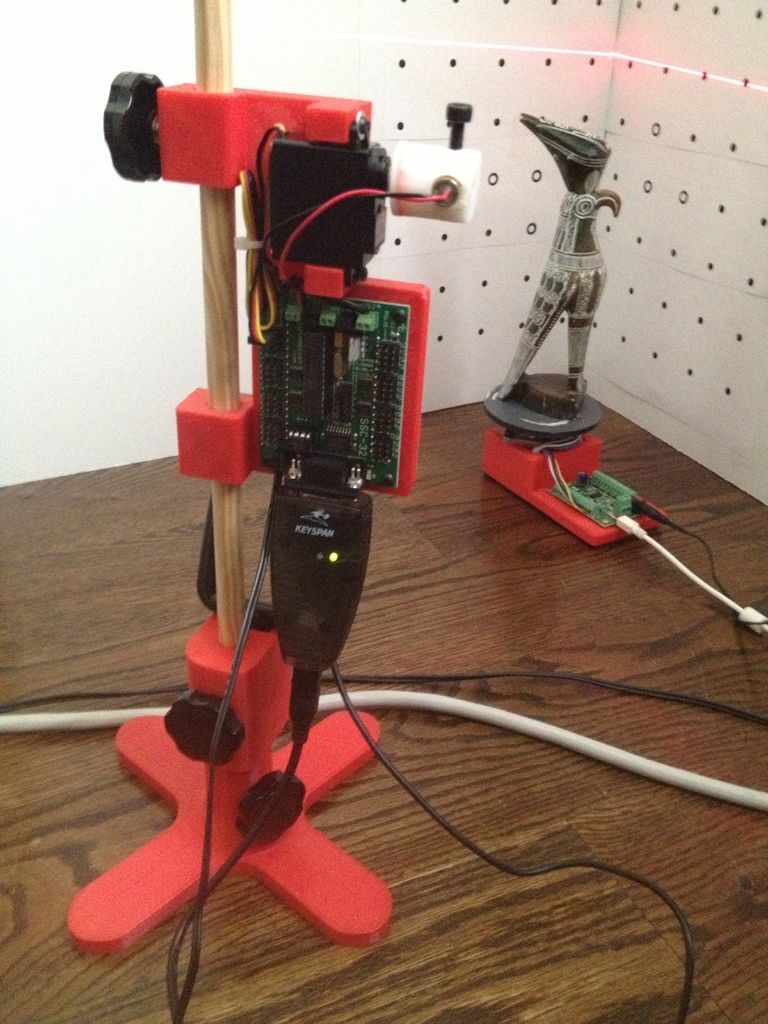 The distance to the object is calculated by the time of the flight of the pulse, using this formula: Distance = (Speed of Light x Time of Flight) / 2). This distance is then used to calculate a coordinate for the tiny section of the surface hit by the laser beam.
The distance to the object is calculated by the time of the flight of the pulse, using this formula: Distance = (Speed of Light x Time of Flight) / 2). This distance is then used to calculate a coordinate for the tiny section of the surface hit by the laser beam.
How Time of Flight measurement principle works
Time of flight 3D scanners can capture objects over great distances of up to 1,000 meters away. However, their typical working range is 5-300 meters. While TOF systems can measure over long distances, they have the slowest data caption rates – between hundreds and thousands of points per second.
The accuracy of TOF technology is determined by the system’s ability to accurately measure the time of the returning signal. While accuracy specifications vary across different systems, the typical accuracy for a TOF scanner is 4-10 mm. More recent TOF systems also include an additional RGB caption option, either through an internal camera or an external camera set.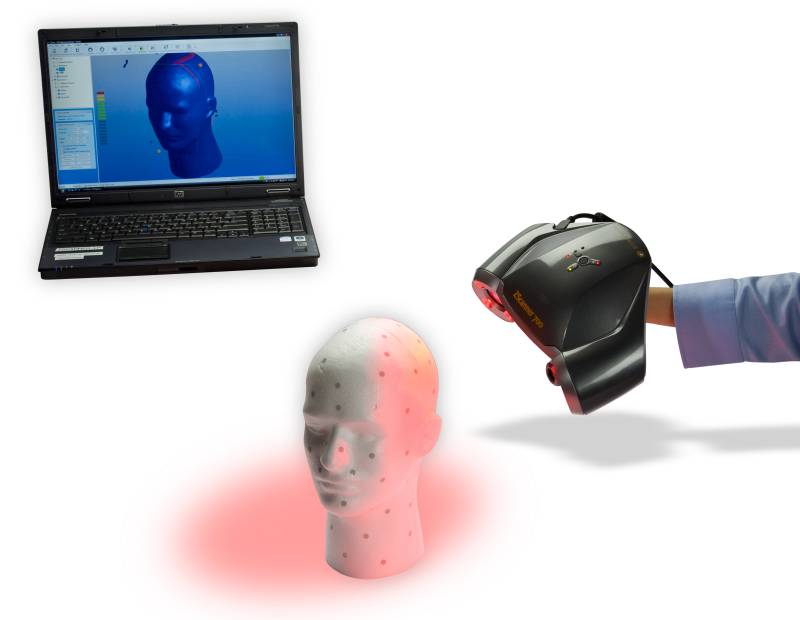
Phase shift
Phase shift 3D scanners emit laser light at alternating frequencies and determine the distance to an object by measuring the phase difference between the emitted and reflected signals. Unlike the time of flight scanners, phase shift scanners work at shorter ranges from 80 to 120 meters maximum, with a typical operating range of 1 to 50 meters.
How phase shift measurement principle works
Phase-based 3D scanners are often categorized as the fastest laser scanners, with some systems claiming a caption rate of up to a million points/second. They also have higher accuracy and resolution than TOF scanners. And, like TOF scanners, they include internal or external color capture options.
Key point
All laser scanners send out laser light but employ different technologies to interpret inbound signals. Time-of-flight scanners log the time emitted light takes to return once it’s bounced off the surface of an object, phase-shift scanners measure the phase difference between emitted and reflected signals, and triangulation scanners calculate the angle at which an outbound beam returns to the sensor.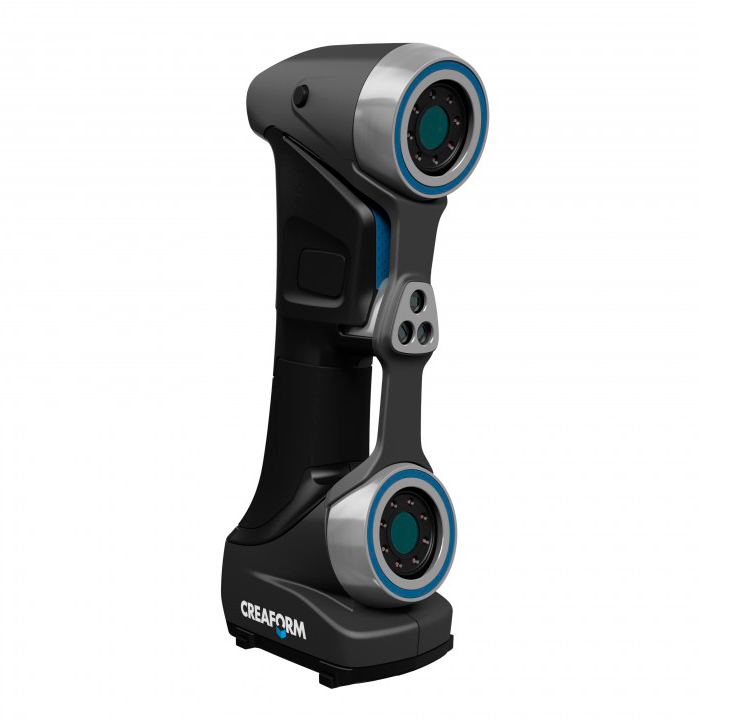
Thanks to their high accuracy, phase shift scanners work best for medium-range scanning needs such as large pumps, automobiles, and industrial equipment. Both phase shift and time of flight systems can also be used in terrestrial scanning applications where larger objects or structures of a couple of meters up to multiple kilometers can be surveyed.
Terrestrial TOF and phase-based scanning systems can come as stationary, tripod-mounted equipment, which can be used as-is or mounted onto land-based or aerial vehicles for projects that require information from vast landscapes or inaccessible areas.
Triangulation
The third type of laser-based scanners operates on the principle of triangulation, where laser light is emitted and returned to a specific location on an image sensor array of an inboard camera. To calculate the distance between the object and the 3D scanner, the system uses trigonometric triangulation because the laser source, the sensor, and the target left on the object form a triangle.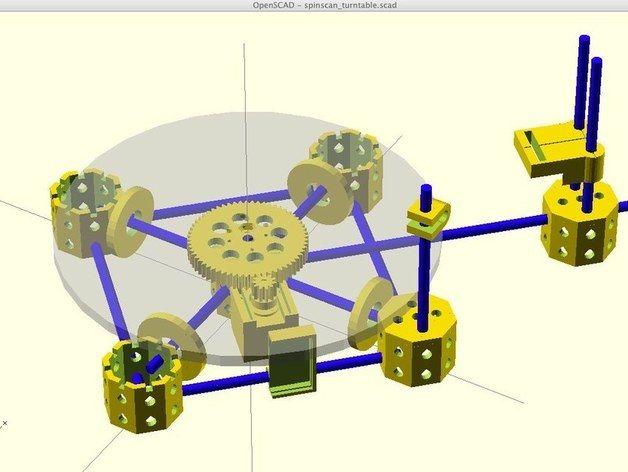 The distance between the laser source and the sensor is known very precisely, as is the angle between the laser and the sensor. As the laser light bounces off the scanned object, the system can measure the angle at which it is returning to the sensor, and therefore the distance from the laser source to the object’s surface.
The distance between the laser source and the sensor is known very precisely, as is the angle between the laser and the sensor. As the laser light bounces off the scanned object, the system can measure the angle at which it is returning to the sensor, and therefore the distance from the laser source to the object’s surface.
How triangulation measurement principle works
Triangulation-based laser scanners work at much shorter ranges (less than 5 meters) than the time of flight or phase shift scanners due to the small dynamic range of the image sensors and decreased accuracy with range. Most triangulation systems also come with an internal RGB capture option.
Commonly, triangulation-based scanners are most suited for scanning smaller objects ranging in size from 1 cm up to 2-3 meters, depending on the manufacturer. As for the form factor, there are stationary, tripod-mounted triangulation scanners. However, this technology meets the most success when used in portable handheld 3D scanners.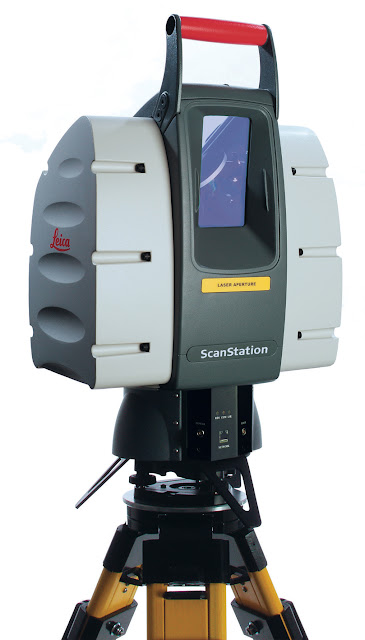
Applications of laser scanners
Laser scanners are used in a wide variety of fields, and for a wide variety of applications: from construction and civil engineering to forensics and archeology. As the technology becomes cheaper, lighter, and smaller, more and more industries are getting into laser scanning. Some well-known applications of these devices are listed below.
Reverse engineering
Scanning the undercarriage of a car with short-range laser triangulation 3D scanner
From small mechanical components to massive industrial objects, laser scanners have become an essential technology in the toolkits of professionals involved in product design and development. Once a complicated process that could require days of disassembly, detailed manual measurements, and the painstaking process of examining each part of a product, thanks to laser scanning reverse engineering now takes anywhere from a few minutes for a CAD surface model, to a few hours for a parametric CAD model. The scanners are used to create accurate digital blueprints of parts that have been damaged or deformed, need a redesign but don’t have CAD data available for them. Portable laser scanners with embedded processors are perfect for examining small and medium-sized objects, while medium and long-range devices work best for larger items. Instant creation of CAD models frees up hours if not days of work, which R&D teams can spend on the actual product enhancement.
The scanners are used to create accurate digital blueprints of parts that have been damaged or deformed, need a redesign but don’t have CAD data available for them. Portable laser scanners with embedded processors are perfect for examining small and medium-sized objects, while medium and long-range devices work best for larger items. Instant creation of CAD models frees up hours if not days of work, which R&D teams can spend on the actual product enhancement.
Quality inspection
Inspecting the pipes with a laser scanner
Another important stage of the manufacturing process and one more area revolutionized by laser scanners is quality inspection. Traditionally dominated by manual, contact-based measuring techniques, thanks to laser scanning quality inspection workflows can now be done way faster, more accurately, and with far more measurable data. This in turn results in fewer iteration loops and faster delivery of products to the customer. Unlike CMMs that can typically acquire dozens of point measurements one at a time, need to be in physical contact with the surface, and require programming for every new part to be examined, laser scanners can capture millions of measurements for various types of objects with a wide range of geometrical complexities in a fraction of the time, and completely contact-free.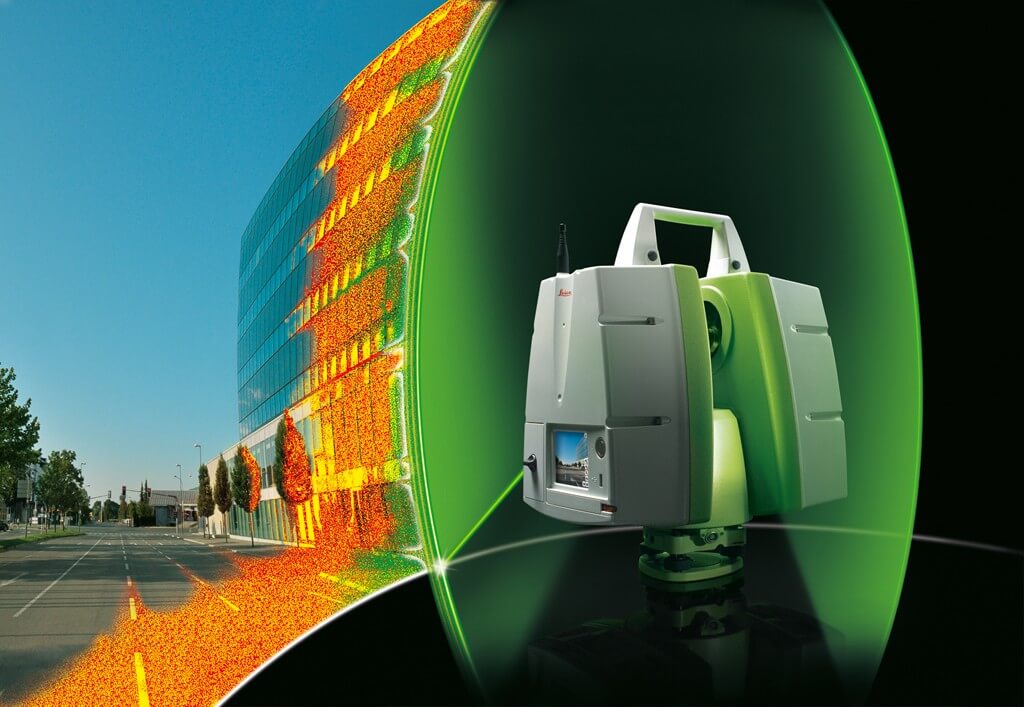
Key point
Laser scanners have proved to be effective measuring tools for both industrial production and consumer-level applications: from reverse engineering to quality control, forensics, and self-driving cars.
Short-range laser triangulation scanners that come in the form of portable handheld devices provide flexibility over the types of objects to be inspected, as well as their location. They are great at capturing complex parts that would be impossible to measure by hand or with a moving touch-probe. Thanks to their lightweight design, such devices allow QA managers to be more mobile without being tied to a particular place or area.
Long-range laser scanners are perfect for examining and collecting accurate and measurable data from large objects, and can even be paired with a handheld scanning solution for capturing smaller elements in high detail. The resulting 3D model captured with a laser scanner can be processed in a scan processing software, then converted into a CAD file. At this stage, it can be compared to the original CAD model, and the parts which are in or out of tolerance can be identified.
At this stage, it can be compared to the original CAD model, and the parts which are in or out of tolerance can be identified.
Forensics
Capturing a crime scene with laser triangulation 3D scanner
Thanks to their capability of capturing large spaces such as room interiors, buildings, and entire sites, laser scanners are becoming the new go-to solution for the accurate documentation and investigation of crime scenes, and reconstruction of accidents. Unlike traditional evidence collection methods such as photo and video cameras, and measuring tapes, laser scanners allow investigators to capture entire crime scenes in their original state, with precise dimensions for every piece of evidence, be it a body, a footprint, or a bullet hole, and do it all in a matter of minutes.
Portable handheld laser scanners with embedded processors are perfect for capturing standalone items on the go at multiple locations within a day, and can be brought in when higher and more accurate data is needed, e. g. a closer scan of a dead body, a damaged piece of furniture, or close up scan of a footprint left by the criminal. Long-range scanners, on the other hand, are useful for capturing an entire space. By having it placed in the middle of the room where it scans fully automatically, the investigator can engage in other parts of their work, such as talking to witnesses and victims, without a need to control the scanner. The 3D data enables forensic experts to have a fuller and much more detailed picture of a crime scene and build stronger and more decisive cases to present in the courtroom.
g. a closer scan of a dead body, a damaged piece of furniture, or close up scan of a footprint left by the criminal. Long-range scanners, on the other hand, are useful for capturing an entire space. By having it placed in the middle of the room where it scans fully automatically, the investigator can engage in other parts of their work, such as talking to witnesses and victims, without a need to control the scanner. The 3D data enables forensic experts to have a fuller and much more detailed picture of a crime scene and build stronger and more decisive cases to present in the courtroom.
Construction (BIM)
3D scanning a warehouse with a tripod-based long-range laser scanner
Another popular application of long and medium-range terrestrial laser scanners, particularly among architects and construction technicians, is 3D capture of buildings and entire construction sites. Such devices allow facility owners or construction project managers to quickly create accurate documentation and 3D visualization of existing buildings and their conditions. They are also used to track the progress of construction and quality inspection of newly constructed projects and compare them with an as-designed model. Laser scanners not only save the time and cost used for manual measurements, they also increase safety conditions when working in unsafe locations. Laser 3D scanners can be used throughout the whole lifecycle of the building, and provide permanent and rich 3D data that can be used for renovation or new building projects, and be accessed anytime.
They are also used to track the progress of construction and quality inspection of newly constructed projects and compare them with an as-designed model. Laser scanners not only save the time and cost used for manual measurements, they also increase safety conditions when working in unsafe locations. Laser 3D scanners can be used throughout the whole lifecycle of the building, and provide permanent and rich 3D data that can be used for renovation or new building projects, and be accessed anytime.
Archeology
Capturing the skull of a triceratops with a handheld short-range laser scanner (Image by David Cano / 3D Printing Colorado)
Archeology is another area where laser scanners have become indispensable tools for 3D documentation of archaeological excavations, be it a single bone of an extinct animal or an entire ancient city. Portable handheld laser scanners with embedded processors come in handy in fieldwork, and allow archeologists complete autonomy in capturing their discoveries.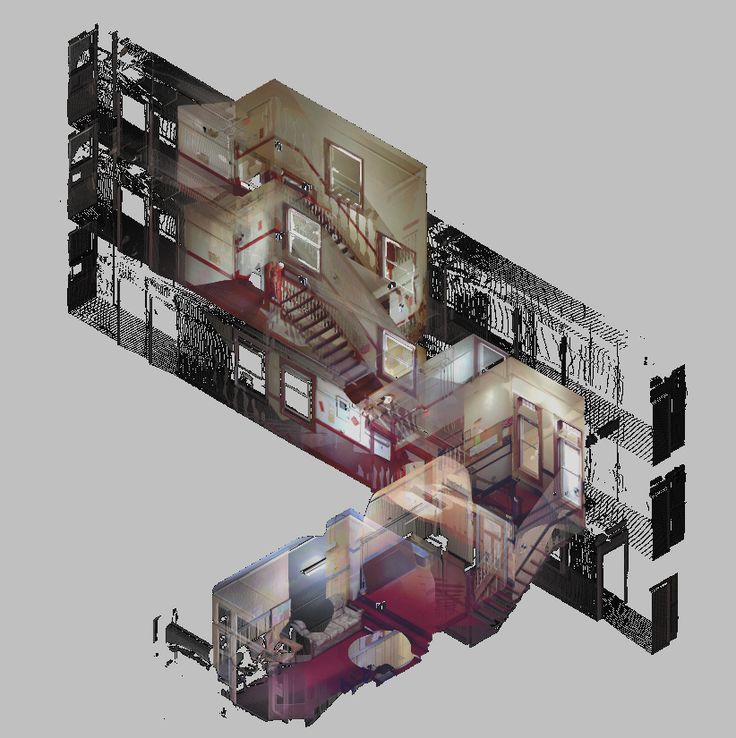 Thanks to the built-in screen, they can see the results of what they scan in real-time, without carrying an additional laptop or tablet at the same time. Long-range terrestrial and airborne laser scanning systems are successfully applied to map topography, excavations planning, and spot archaeological sites that researchers would never be able to see with the naked eye, thus leaving them hidden.
Thanks to the built-in screen, they can see the results of what they scan in real-time, without carrying an additional laptop or tablet at the same time. Long-range terrestrial and airborne laser scanning systems are successfully applied to map topography, excavations planning, and spot archaeological sites that researchers would never be able to see with the naked eye, thus leaving them hidden.
Laser scanners allow archeologists to collect reliable and high-resolution data much quicker than they’d be able to with other methods such as total stations, GPS devices, or photogrammetry, saving them hundreds of hours of labor during an excavation. Thanks to their non-destructive, contactless nature, they can be used to capture fragile and vulnerable historical pieces in their original state. The data collected can be used for archaeological documentation and for creating virtual-reality models, restoration, preservation, and demonstration of archeological discoveries for the public.
Mobile mapping
An example of a vehicle-borne laser mapping system
One more application of long-range laser scanners is mobile mapping – the process of collecting 3D geospatial data, in other words, where objects are positioned on Earth, from a mobile vehicle either land-based (cars, trains, boats) or airborne (drones, helicopters, or planes).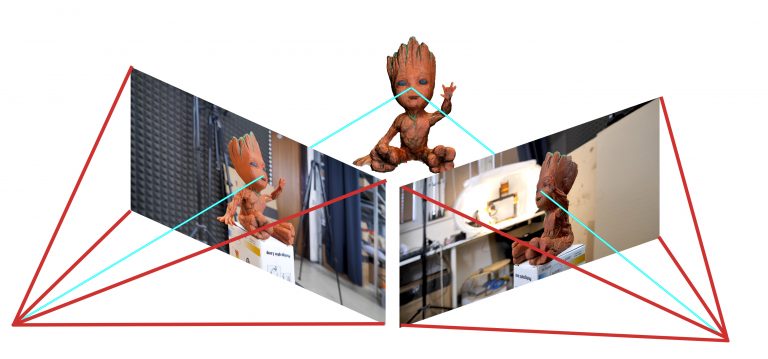 Mobile mapping systems are typically fitted with various navigation and remote sensing technologies such as GNSS, cameras, and LiDAR. The combination of all these technologies allows professionals to visualize, record, measure, and understand environments, whether it’s for road and rail networks management, urban planning, analyzing underwater or underground structures, improving safety in power plant infrastructure, designing digital maps – the list goes on and on.
Mobile mapping systems are typically fitted with various navigation and remote sensing technologies such as GNSS, cameras, and LiDAR. The combination of all these technologies allows professionals to visualize, record, measure, and understand environments, whether it’s for road and rail networks management, urban planning, analyzing underwater or underground structures, improving safety in power plant infrastructure, designing digital maps – the list goes on and on.
Artec 3D laser scanners
As we approach the end of our review, it makes sense to at this point look at some real examples of different laser scanners. Here at Artec 3D, we have two types of laser scanners. One is handheld and works best for medium-sized to large objects over short distances (0.35 – 1.2 m) – Artec Leo, while the other one is a phase-shift scanner with an operating range up to 110 meters – Artec Ray.
Artec Leo
Artec Leo is perfect for capturing medium-sized to large objects with up to 0. 2 mm resolution and 0.1 mm precision
2 mm resolution and 0.1 mm precision
Artec Leo is a portable, handheld, and versatile triangulation-based structured light laser scanner that remains in a league of its own. All thanks to the built-in computing unit, HD display, Wi-Fi, and a battery that enables scanning and reviewing results in real-time with no other gear (PC or tablet) needed. The scanner can capture up to 35 million points per second and create highly detailed point clouds with 0.1 mm precision and 0.2 mm resolution in a matter of seconds. The large field of view (838 × 488 mm for the furthest range) allows Leo to scan and process quite a variety of object sizes, from small 20-50 cm parts to larger objects or even scenes, from 50 to 200 cm and bigger. Leo utilizes Class 1 VCSEL laser as a light source, which is completely safe for eye exposure, and can be used for scanning both inanimate objects and people. Leo’s design provides complete autonomy and flexibility over the scanning process, which is why its applications go far and wide: from reverse engineering and CAD-based design to healthcare, archeology, forensics, and many more.
Artec Ray
Artec Ray can capture large objects with submillimeter accuracy from up to 110 meters away
Artec Ray is a phase-shift long-range laser scanner designed to capture large and very large objects, such as buildings, airplanes, wind turbines, and the like, with submillimeter accuracy. The scanner has an operating range of 110 meters and can capture up to 208,000 points per second by rotating 360 degrees around itself and vertically with a 270-degrees viewing angle. Unlike many long-range scanners, Ray acquires highly accurate and clean data, which makes it usable for reverse engineering and quality inspection purposes. It comes with a tripod and can work autonomously both indoors and outdoors, thanks to a built-in battery, onboard Wi-Fi, and a mobile app that enables remote control of the scanner. The data captured with Artec Ray can complement more dense and feature-rich scan data acquired with Artec’s handheld scanners.
WRITTEN BY:
Svetlana Golubeva
Tech reporter
3D laser scanning - definition, characteristics
Your city: Moscow
Right?
× Choose the city closest to you:
Moscow Saint Petersburg Vladivostok Novosibirsk Ekaterinburg Kazan Nizhny Novgorod Chelyabinsk Omsk Rostov-on-Don Samara Krasnoyarsk Voronezh Perm
Volgograd Krasnodar Saratov Tyumen Tolyatti Izhevsk Barnaul Ulyanovsk Irkutsk Khabarovsk Makhachkala Yaroslavl
▼ Show more
Deselect
3D scanning is a technique used to capture the shape of an object with a 3D scanner. The result is a 3D object file that can be saved, edited, and even printed in 3D. Some 3D scanners can collect shape and color data at the same time. 3D scanning is compatible with computer-aided design (CAD) software, as well as 3D printing after a little training in the relevant programs.
The result is a 3D object file that can be saved, edited, and even printed in 3D. Some 3D scanners can collect shape and color data at the same time. 3D scanning is compatible with computer-aided design (CAD) software, as well as 3D printing after a little training in the relevant programs.
3D scanning technologies:
- Photogrammetry – 3D modeling from photographs. The principle of photogrammetry is to analyze several photographs of a static object taken from different viewpoints and automatically detect pixels corresponding to the same physical point. The input required from the user is camera parameters such as focal length and lens distortion. Photogrammetric technology is also capable of reconstructing objects of various scales photographed from the ground or from the air. The main advantages of 3D photogrammetry scanning technology are its accuracy and speed of data collection. nine0028
- Structured Light 3D Scan Structured Light 3D Scan technology works by projecting a series of linear patterns onto an object.
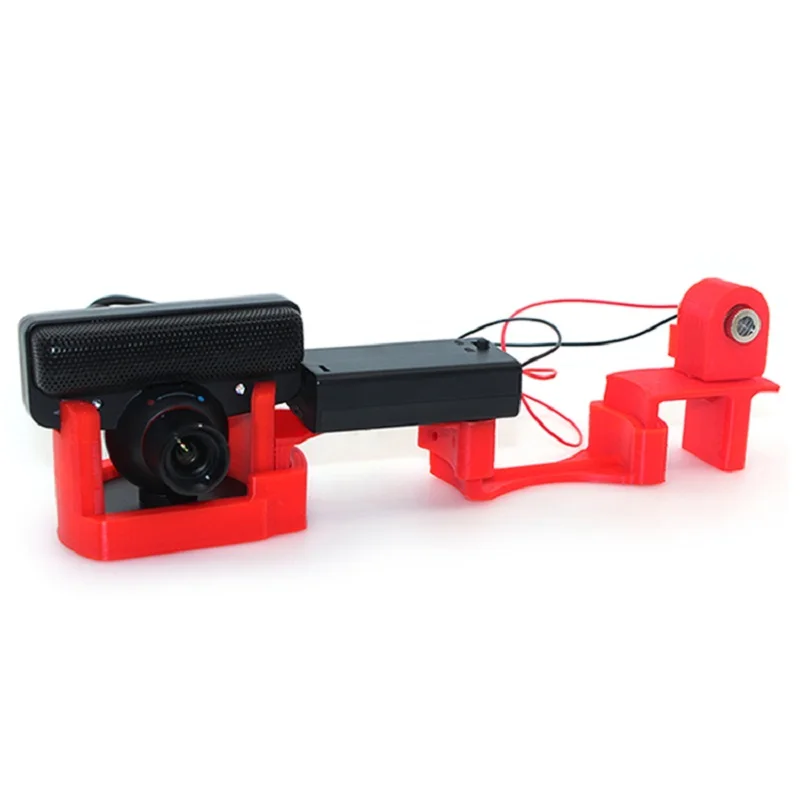 The system is then able to examine the edges of each line in the pattern and calculate the distance from the scanner to the surface of the object. The structured light used for 3D scanning can be white or blue and is generated by numerous types of projectors such as digital light processing (DLP) technology. The projected pattern is usually a series of light rays, but can also be a random dot matrix. The main advantages of structured light technology for 3D scanning are speed, resolution and the ability to 3D scan people. nine0028
The system is then able to examine the edges of each line in the pattern and calculate the distance from the scanner to the surface of the object. The structured light used for 3D scanning can be white or blue and is generated by numerous types of projectors such as digital light processing (DLP) technology. The projected pattern is usually a series of light rays, but can also be a random dot matrix. The main advantages of structured light technology for 3D scanning are speed, resolution and the ability to 3D scan people. nine0028 - 3D Laser Triangulation Scanning Technology – Laser triangulation based 3D scanners use either a laser line or a single laser dot to scan an object. Using this method, digitization begins with the emission of a rectilinear laser beam, which deforms upon contact with the object. Using a camera, the 3D scanner analyzes the deformation of the line emitted by the laser on the reliefs of the object in order to determine its position in space using trigonometric calculations.
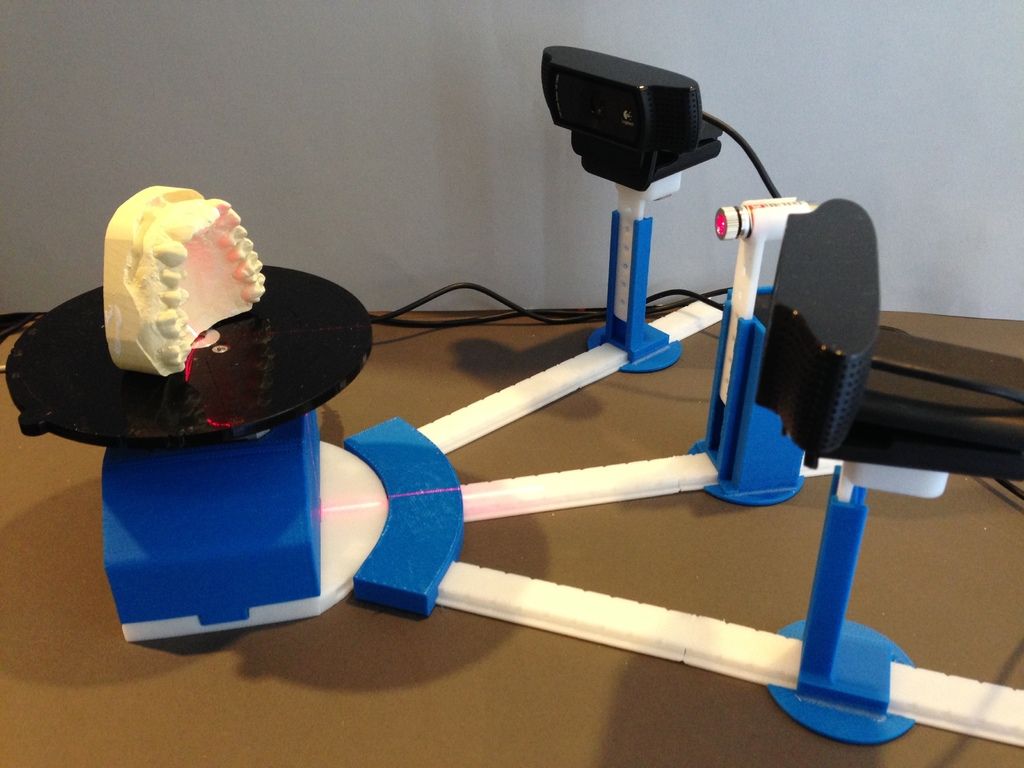 The angle formed between the camera and the laser beam, the distance from the camera to the object, and the distance from the laser source to the object (known from the calculation of the time it takes the laser to go around) are parameters. which allow you to determine the spatial coordinates of the object. The advantages of laser triangulation technology for 3D scanning are resolution and accuracy. nine0028
The angle formed between the camera and the laser beam, the distance from the camera to the object, and the distance from the laser source to the object (known from the calculation of the time it takes the laser to go around) are parameters. which allow you to determine the spatial coordinates of the object. The advantages of laser triangulation technology for 3D scanning are resolution and accuracy. nine0028 - Laser pulse based 3D scanning technology is a 3D scanning technology based on the calculation of the time required for a laser to reach the surface and return. Each measurement made by a 3D scanner reports a point on a surface, and the operation must be performed hundreds of thousands of times over the entire surface. This 3D scanning technology includes laser pulsed 3D scanners and phase shift 3D scanners. They, in addition to modulating the amplitude of the laser beam used for 3D scanning, also modulate its phase. These systems offer superior performance by combining the two types of modulation.
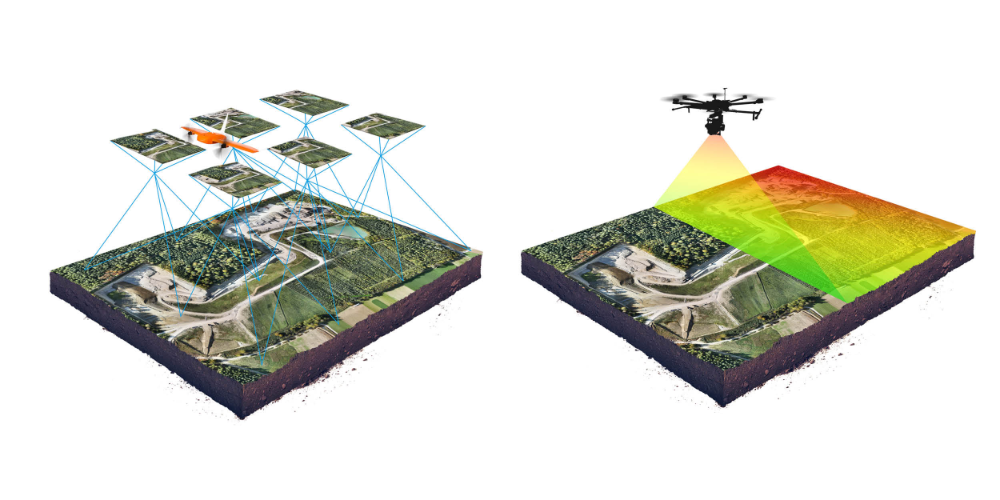 Advantages of pulsed laser 3D scanners: the ability to scan large objects and the environment. nine0028
Advantages of pulsed laser 3D scanners: the ability to scan large objects and the environment. nine0028 - 3D Contact Scan uses contact between a probe and an object to reveal surface information measured by probe deformation. This is done using a touch probe, also called a probe or probe, connected to a 3D scanner. The probe is usually connected to a structure (for example, a robotic arm) capable of registering its deformations. The main advantages of contact technology for 3D scanning are its accuracy and the ability to 3D scan transparent or reflective surfaces. nine0028
Recommended equipment
- 3D equipment
- Accessories
3D equipment
Accessories
Application for 3D scanning
I have read the Privacy Policy and agree to the processing of my personal data.
Service request
I have read the Privacy Policy and agree to the processing of my personal data.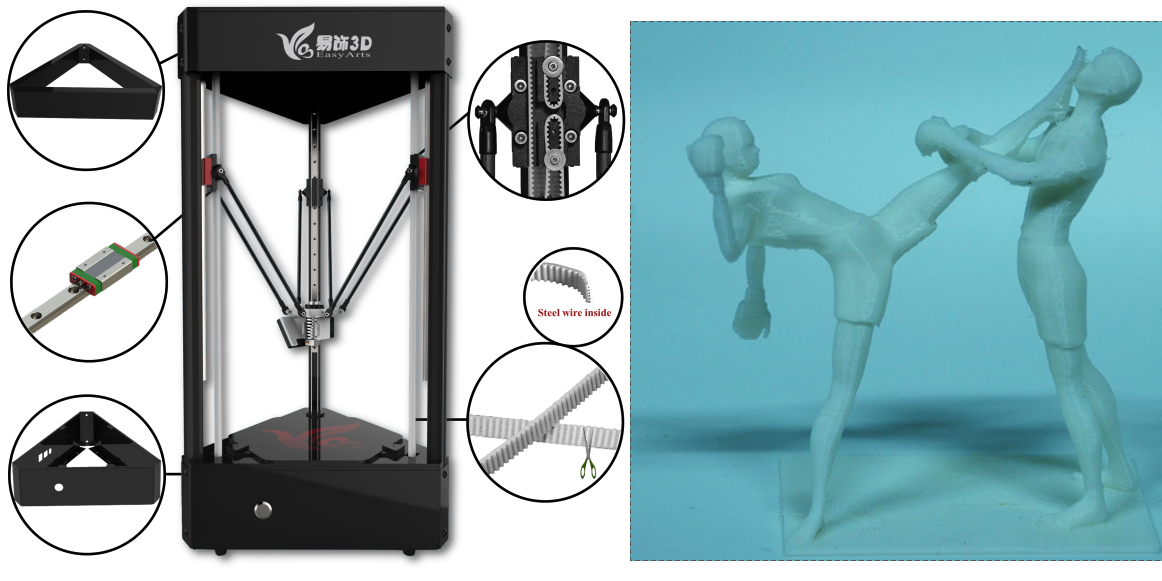 nine0003
nine0003
I have read the Privacy Policy and agree to the processing of my personal data.
Feedback
I have read the Privacy Policy and agree to the processing of my personal data.
I have read the Privacy Policy and agree to the processing of my personal data.
- Menu
- Categories
Top
Feedback
All about 3D scanners: from varieties to applications
The 3D scanner is a special device that analyzes a specific physical object or space in order to obtain data about the shape of an object and, if possible, its appearance (for example , about color). The collected data is then used to create a digital three-dimensional model of this object.
Create 3D-scanner allows several technologies at once, differing from each other in certain advantages, disadvantages, as well as cost. In addition, there are some restrictions on the objects that can be digitized.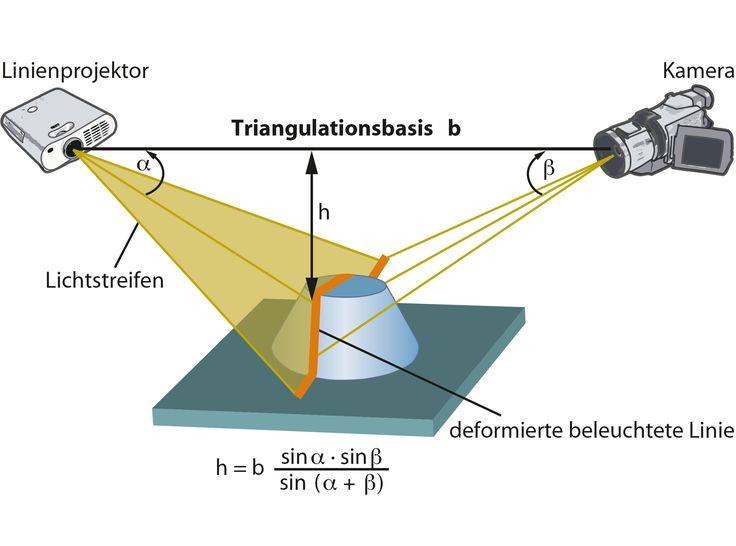 In particular, there are difficulties with objects that are shiny, transparent or have mirror surfaces. nine0003
In particular, there are difficulties with objects that are shiny, transparent or have mirror surfaces. nine0003
Don't forget that 3D data collection is also important for other applications. So, they are needed in the entertainment industry to create films and video games. Also, this technology is in demand in industrial design, orthopedics and prosthetics, reverse engineering, prototyping, as well as for quality control, inspection and documentation of cultural artifacts.
Functionality
The purpose of the 3D Scanner is to create a point cloud of geometric patterns on the surface of an object. These points can then be extrapolated to recreate the shape of the object (a process called reconstruction). If color data were obtained, then the color of the reconstructed surface can also be determined. nine0003
3D scanners are a bit like regular cameras. In particular, they have a cone-shaped field of view, and they can only receive information from surfaces that have not been darkened. The difference between these two devices is that the camera transmits only information about the color of the surface that fell into its field of view, but the 3D scanner collects information about the distances on the surface, which is also in its field of view. Thus the "picture" obtained with of the 3D scanner, describes the distance to the surface at each point in the image. This allows you to determine the position of each point in the picture in 3 planes at once.
The difference between these two devices is that the camera transmits only information about the color of the surface that fell into its field of view, but the 3D scanner collects information about the distances on the surface, which is also in its field of view. Thus the "picture" obtained with of the 3D scanner, describes the distance to the surface at each point in the image. This allows you to determine the position of each point in the picture in 3 planes at once.
In most cases, one scan is not enough to create a complete model of the object. Several such operations are required. As a rule, a decent number of scans from different directions will be needed in order to obtain information about all sides of the object. All scan results must be normalized to a common coordinate system, a process called image referencing or alignment, before a complete model is created. This whole procedure from a simple map with distances to a full-fledged model is called a 3D scanning pipeline.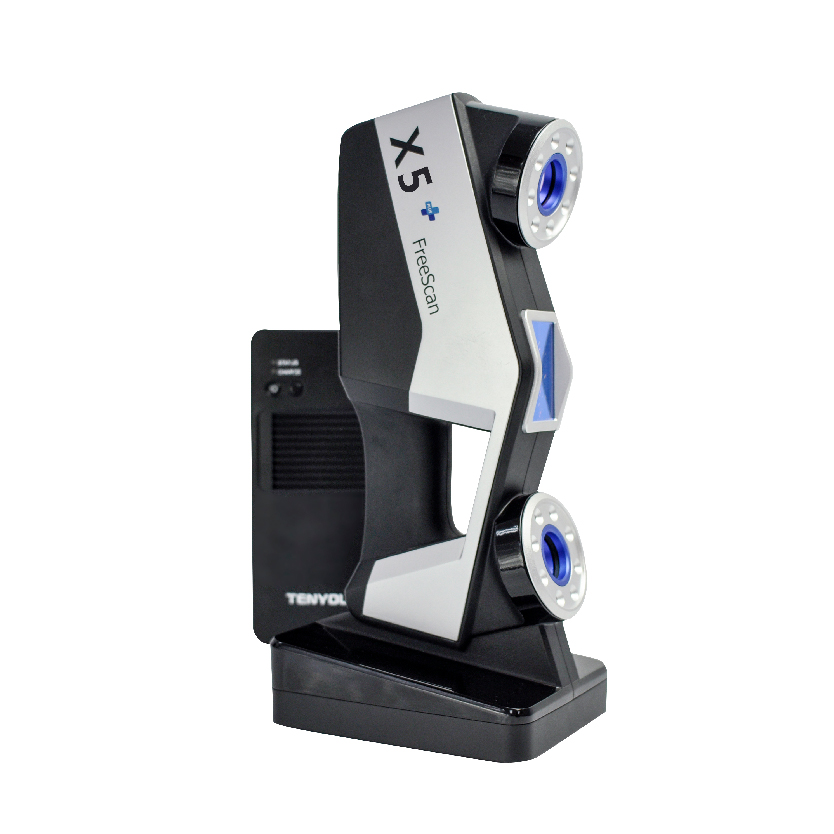 nine0003
nine0003
Technology
There are several technologies for digitally scanning a mold and creating a 3D model of an object. However, a special classification has been developed that divides 3D scanners into 2 types: contact and non-contact. In turn, non-contact 3D scanners can be divided into 2 more groups - active and passive. Several technologies can fall under these categories of scanning devices.
Coordinated-measuring machine with two fixed mutually perpendicular measuring hands
Contact 3D scanners
Contact 3D-scanners 3D-scanners 3D-scanners 3D-scanners 3D-scanners 3D-scanners 3D 3D-scanners study (probe) The object is directly through the physical contact, while the subject itself is in the subject itself in the subject itself in the subject itself is the subject itself. on a precision surface plate, ground and polished to a certain degree of surface roughness. The scanner mechanism comes in three different forms: CMM (coordinate measuring machine) is a prime example of the Another example is hand-held measuring probes used to digitize clay models for computer animation. The Lidar device is used to scan buildings, rocks, etc., which makes it possible to create 3D models of them. The Lidar laser beam can be used in a wide range: its head rotates horizontally, and the mirror moves vertically. Non-contact active scanners Active scanners use certain types of radiation or just light and scan an object through the reflection of light or the passage of radiation through an object or medium. These devices use light, ultrasound, or x-rays. Time-of-Flight Scanners Time-of-Flight Laser Scanner The 3D scanner is an active scanner that uses a laser beam to examine an object. This type of scanner is based on a time-of-flight laser range finder. In turn, the laser rangefinder determines the distance to the surface of the object, based on the time of flight of the laser back and forth. The laser itself is used to create a pulse of light, while the detector measures the time until the light is reflected. Given that the speed of light (c) is a constant value, knowing the time of flight of the beam back and forth, you can determine the distance over which the light has moved, it will be twice the distance between the scanner and the surface of the object.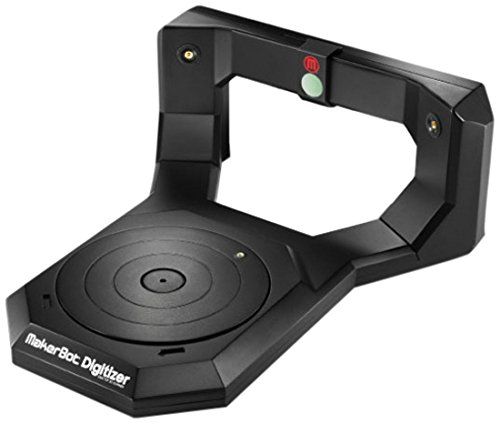 If the scanned object is uneven or cannot lie stably on a horizontal surface, then a special vise will hold it. nine0003
If the scanned object is uneven or cannot lie stably on a horizontal surface, then a special vise will hold it. nine0003
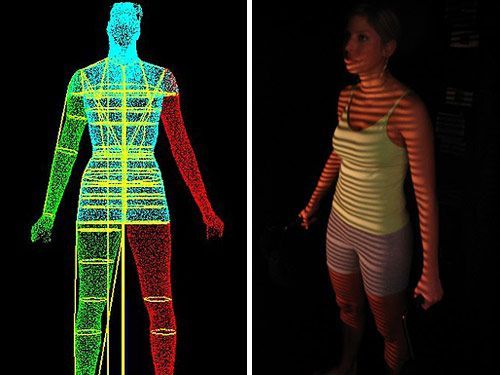
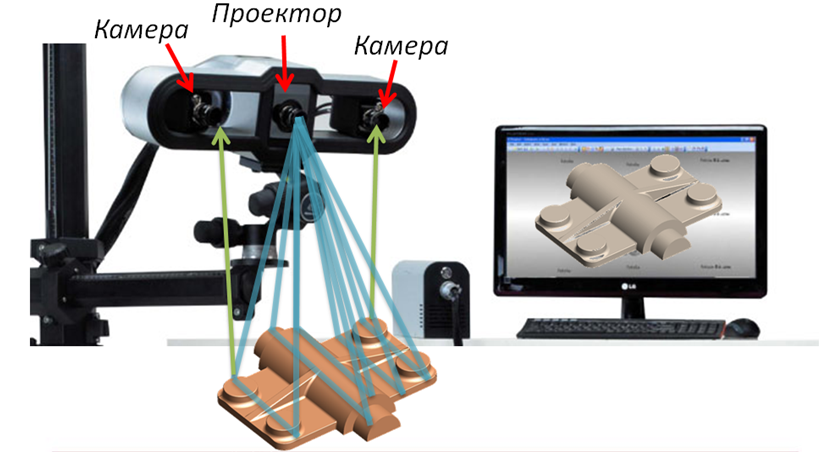 The laser beam itself is used to measure the distance to the first object in its path. nine0088
The laser beam itself is used to measure the distance to the first object in its path. nine0088  If (t) is the round-trip flight time of the laser beam, then the distance will be (c*t\2). Laser beam time-of-flight accuracy of the 3D scanner depends on how accurately we can measure the time itself (t): 3.3 picoseconds (approximately) is needed for the laser to travel 1 millimeter.
If (t) is the round-trip flight time of the laser beam, then the distance will be (c*t\2). Laser beam time-of-flight accuracy of the 3D scanner depends on how accurately we can measure the time itself (t): 3.3 picoseconds (approximately) is needed for the laser to travel 1 millimeter.
The laser distance meter determines the distance of only one point in a given direction. Therefore, the device scans its entire field of view in separate points at a time, while changing the direction of scanning. You can change the direction of the laser rangefinder either by rotating the device itself, or using a system of rotating mirrors. The latter method is often used, because it is much faster, more accurate, and also easier to handle. For example, time-of-flight 3D scanners can measure distance from 10,000 to 100,000 points in one second.
TOF devices are also available in 2D configuration. Basically, this applies to time-of-flight cameras. Triangulation scanners Two positions of the object are shown.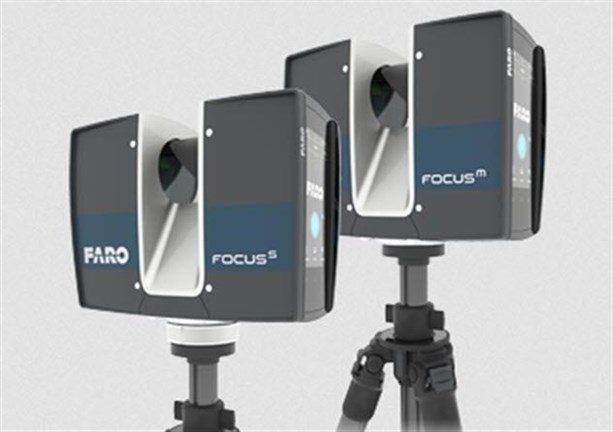
A point cloud is generated by triangulation and a laser stripe. nine0088
Triangulation laser scanners 3D scanners are also active scanners that use a laser beam to probe an object. Like the time-of-flight 3D scanners , triangulation devices send a laser to the scanned object, and a separate camera fixes the location of the point where the laser hit. Depending on how far the laser travels across the surface, the dot appears at different locations in the camera's field of view. This technology is called triangulation because the laser dot, the camera and the laser emitter itself form a kind of triangle. The length of one side of this triangle is known - the distance between the camera and the laser emitter. The angle of the laser emitter is also known. But the camera angle can be determined by the location of the laser dot in the field of view of the camera. These 3 indicators completely determine the shape and size of the triangle and indicate the location of the corner of the laser point. In most cases, to speed up the process of obtaining data, a laser strip is used instead of a laser dot. Thus, the National Research Council of Canada was among the first scientific organizations that developed the basics of triangulation laser scanning technology back in 1978 year.
In most cases, to speed up the process of obtaining data, a laser strip is used instead of a laser dot. Thus, the National Research Council of Canada was among the first scientific organizations that developed the basics of triangulation laser scanning technology back in 1978 year.
Advantages and disadvantages of
scanners Both time-of-flight and triangulation scanners have their strengths and weaknesses, which determines their choice for each specific situation. The advantage of time-of-flight devices is that they are optimally suited for operation over very long distances up to several kilometers. They are ideal for scanning buildings or geographic features. At the same time, their disadvantages include measurement accuracy. After all, the speed of light is quite high, so when calculating the time it takes for the beam to overcome the distance to and from the object, some flaws (up to 1 mm) are possible. And this makes the scan results approximate. nine0003
nine0003
As for triangulation rangefinders, the situation is exactly the opposite. Their range is only a few meters, but the accuracy is relatively high. Such devices can measure distance with an accuracy of tens of micrometers.
The study of the edge of an object negatively affects the accuracy of the TOF scanners. The laser pulse is sent one, and is reflected from two places at once. The coordinates are calculated based on the position of the scanner itself, and the average value of the two reflections of the laser beam is taken. This causes the point to be defined in the wrong place. When using scanners with high resolution, the chances that the laser beam hits the exact edge of the object increase, but noise will appear behind the edge, which will negatively affect the scan results. Scanners with a small beam can solve the edge scanning problem, but they have limited range, so the beam width will exceed the distance. There is also special software that allows the scanner to perceive only the first reflection of the beam, while ignoring the second. nine0003
nine0003
At 10,000 dots per second, low resolution scanners can do the job within seconds. But for scanners with high resolution, you need to do several million operations, which will take minutes. It should be borne in mind that the data may be distorted if the object or the scanner moves. So, each point is fixed at a certain point in time in a certain place. If the object or scanner moves in space, then the scan results will be false. That's why it's so important to mount both the object and the scanner on a fixed platform and keep the possibility of vibration to a minimum. Therefore, scanning objects in motion is practically impossible. Recently, however, there has been active research on how to compensate for the effect of vibration on data corruption. nine0003
It is also worth considering that when scanning in one position for a long time, a slight movement of the scanner may occur due to temperature changes. If the scanner is mounted on a tripod and one side of the scanner is exposed to strong sunlight, then the tripod will expand and the scan data will gradually distort from one side to the other.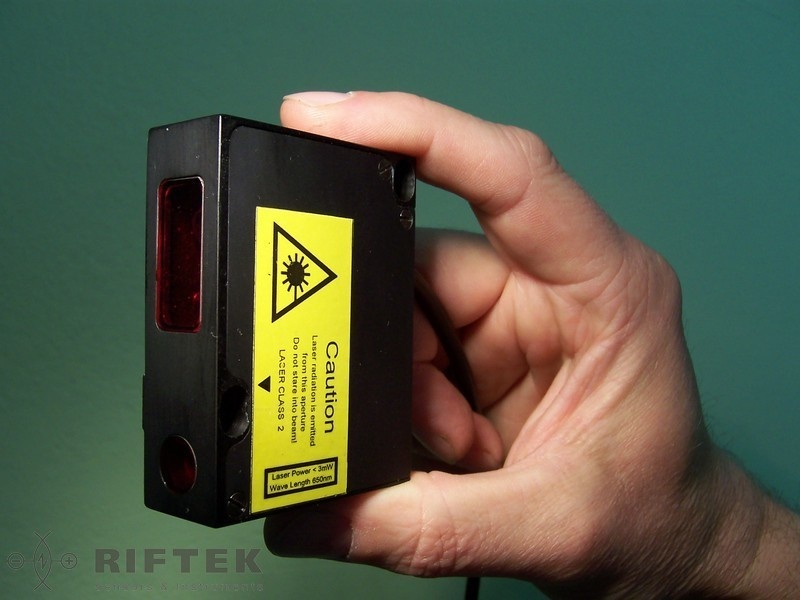 However, some laser scanners have built-in compensators that counteract any movement of the scanner during operation. nine0003
However, some laser scanners have built-in compensators that counteract any movement of the scanner during operation. nine0003
Conoscopic holography
In the conoscopic system, a laser beam is projected onto the surface of an object, after which the beam is reflected along the same path, but through a conoscopic crystal, and is projected onto a CCD (charge-coupled device). The result is a diffraction pattern from which frequency analysis can be used to determine the distance to the surface of an object. The main advantage of conoscopic holography is that only one beam path is needed to measure the distance, which makes it possible to determine, for example, the depth of a small hole. nine0003
Handheld laser scanners
Handheld laser scanners create a 3D image using the triangulation principle described above. A laser beam or stripe is projected onto an object from a hand-held emitter, and a sensor (often a CCD or position-sensitive detector) measures the distance to the surface of the object. The data is collected relative to the internal coordinate system and therefore, to obtain results, if the scanner is in motion, the position of the device must be accurately determined. This can be done using basic features on the scanned surface (adhesive reflective elements or natural features) or using the external tracking method. The latter method often takes the form of a laser tracker (providing a position sensor) with a built-in camera (to determine the orientation of the scanner). You can also use photogrammetry, provided by 3 cameras, which gives the scanner six degrees of freedom (the ability to make geometric movements in three-dimensional space). Both techniques typically use infrared LEDs connected to the scanner. They are observed by cameras through filters that ensure the stability of ambient lighting (reflecting light from different surfaces). nine0003
The data is collected relative to the internal coordinate system and therefore, to obtain results, if the scanner is in motion, the position of the device must be accurately determined. This can be done using basic features on the scanned surface (adhesive reflective elements or natural features) or using the external tracking method. The latter method often takes the form of a laser tracker (providing a position sensor) with a built-in camera (to determine the orientation of the scanner). You can also use photogrammetry, provided by 3 cameras, which gives the scanner six degrees of freedom (the ability to make geometric movements in three-dimensional space). Both techniques typically use infrared LEDs connected to the scanner. They are observed by cameras through filters that ensure the stability of ambient lighting (reflecting light from different surfaces). nine0003
Scan data is collected by a computer and recorded as points in 3D space, which after processing are converted into a triangulated grid.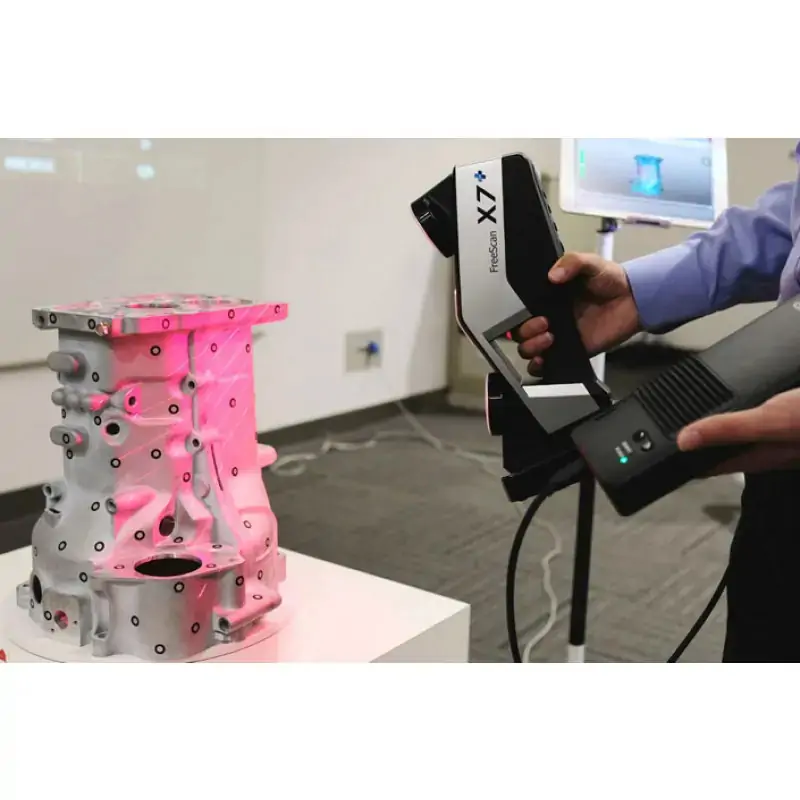 The computer-aided design system then creates a model using a non-uniform rational B-spline, NURBS (a special mathematical form for creating curves and surfaces). Handheld laser scanners can combine this data with passive visible light sensors that capture surface texture and color to create or reverse engineer a complete 3D Models .
The computer-aided design system then creates a model using a non-uniform rational B-spline, NURBS (a special mathematical form for creating curves and surfaces). Handheld laser scanners can combine this data with passive visible light sensors that capture surface texture and color to create or reverse engineer a complete 3D Models .
Structured light
Structured light 3D scanners are a projection of a light grid directly onto an object, the deformation of this pattern is a model of the object being scanned. The grid is projected onto the object using a liquid crystal projector or other constant light source. A camera positioned just to the side of the projector captures the shape of the network and calculates the distance to each point in the field of view. nine0197 Structured light scanning is still an active area of research, with quite a few research papers devoted to it each year. Ideal maps are also recognized as useful as structured light patterns that can solve matching problems and allow errors to be corrected as well as detected./cdn.vox-cdn.com/uploads/chorus_asset/file/13897645/DSC01428.1419964041.jpg)
The advantage of the Structured Light 3D Scanners is their speed and accuracy. Instead of scanning one point at a time, structured scanners scan several points at the same time or the entire field of view at once. Scanning the entire field of view takes a fraction of a second, and the generated profiles are more accurate than laser triangulations. This completely solves the problem of data corruption caused by motion. In addition, some existing systems are capable of scanning even moving objects in real time. For example, the VisionMaster, a 3D scanning system, has a 5-megapixel camera, so each frame contains 5 million dots. nine0003
Real-time scanners use digital edge projection and a phase-shifting technique (one of the techniques for applying structured light) to capture, reconstruct, and create a high-density computer model of dynamically changing objects (such as facial expressions) at 40 frames per second. A new type of scanner has recently been created. Various models can be used in this system.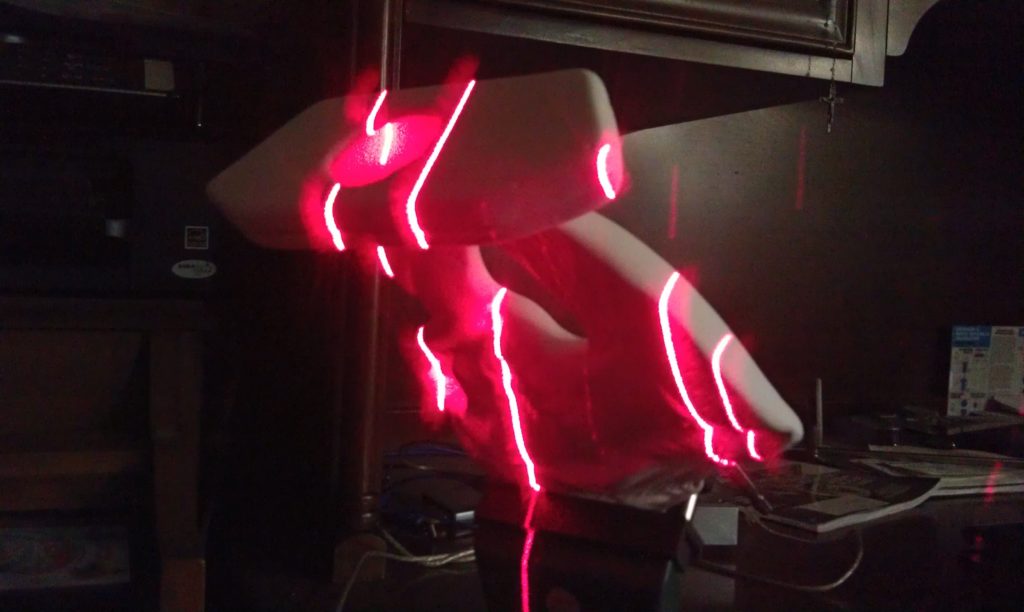 The frame rate for capturing and processing data reaches 120 frames per second. This scanner can also process individual surfaces. For example, 2 moving hands. Using the binary defocusing method, the shooting speed can reach hundreds or even thousands of frames per second. nine0003
The frame rate for capturing and processing data reaches 120 frames per second. This scanner can also process individual surfaces. For example, 2 moving hands. Using the binary defocusing method, the shooting speed can reach hundreds or even thousands of frames per second. nine0003
Modulated light
When using the 3D scanners based on modulated light, the light beam directed at the object is constantly changing. Often the change of light passes along a sinusoid. The camera captures the reflected light and determines the distance to the object, taking into account the path that the light beam has traveled. Modulated light allows the scanner to ignore light from sources other than the laser, thus avoiding interference. nine0003
Volumetric techniques
Medicine
Computed tomography (CT) is a special medical imaging technique that creates a series of two-dimensional images of an object, a large three-dimensional image of the internal space. Magnetic resonance imaging works on a similar principle - another imaging technique in medicine, which is distinguished by a more contrast image of the soft tissues of the body than CT. Therefore, MRI is used to scan the brain, the musculoskeletal system, the cardiovascular system, and to search for oncology. These techniques produce volumetric voxel models that can be rendered, modified, and transformed into a traditional 3D surface using isosurface extraction algorithms. nine0003
Magnetic resonance imaging works on a similar principle - another imaging technique in medicine, which is distinguished by a more contrast image of the soft tissues of the body than CT. Therefore, MRI is used to scan the brain, the musculoskeletal system, the cardiovascular system, and to search for oncology. These techniques produce volumetric voxel models that can be rendered, modified, and transformed into a traditional 3D surface using isosurface extraction algorithms. nine0003
Production
Although MRI, CT or microtomography are more widely used in medicine, they are also actively used in other areas to obtain a digital model of an object and its environment. This is important, for example, for non-destructive testing of materials, reverse engineering or the study of biological and paleontological samples.
Non-contact passive scanners
Passive scanners do not emit light, instead they use reflected light from the surrounding area. Most scanners of this type are designed to detect visible light, which is the most accessible form of ambient radiation. Other types of radiation, such as infrared, may also be involved. Passive scanning methods are relatively cheap, because in most cases they do not need special equipment, a conventional digital camera is enough. nine0197 Stereoscopic systems involve the use of 2 video cameras located in different places, but in the same direction. By analyzing the differences in the images of each camera, you can determine the distance to each point in the image. This method is similar in principle to human stereoscopic vision.
Most scanners of this type are designed to detect visible light, which is the most accessible form of ambient radiation. Other types of radiation, such as infrared, may also be involved. Passive scanning methods are relatively cheap, because in most cases they do not need special equipment, a conventional digital camera is enough. nine0197 Stereoscopic systems involve the use of 2 video cameras located in different places, but in the same direction. By analyzing the differences in the images of each camera, you can determine the distance to each point in the image. This method is similar in principle to human stereoscopic vision.
Photometric systems typically use a single camera that captures multiple frames in all lighting conditions. These methods attempt to transform the object model in order to reconstruct the surface for each pixel. nine0003
Silhouette techniques use contours from successive photographs of a three-dimensional object against a contrasting background. These silhouettes are extruded and transformed to get the visible skin of the object. However, this method does not allow you to scan the recesses in the object (for example, the inner cavity of the bowl).
However, this method does not allow you to scan the recesses in the object (for example, the inner cavity of the bowl).
There are other methods that are based on the fact that the user himself discovers and identifies some features and shapes of the object, based on many different images of the object, which allow you to create an approximate model of this object. Such methods can be used to quickly create a three-dimensional model of objects of simple shapes, for example, a building. You can do this using one of the software applications: D-Sculptor, iModeller, Autodesk ImageModeler or PhotoModeler. nine0003
This 3D scan is based on the principles of photogrammetry. In addition, this technique is in some ways similar to panoramic photography, except that the photographs of the object are taken in three-dimensional space. Thus, it is possible to copy the object itself, rather than taking a series of photos from one point in three-dimensional space, which would lead to the reconstruction of the object's environment.
Reconstruction
From point clouds
The point clouds generated by the 3D Scanners can be used directly for measurement or visualization in architecture and engineering.
However, most applications use non-homogeneous rational B-spline, NURBS, or editable CAD models (also known as solid models) instead of polygonal 3D models.
- Polygon mesh models: In polygon representation shapes curved surfaces consist of many small flat surfaces with edges (a striking example is a ball in discotheques). Polygonal models are very in demand for visualization in the field of CAM - an automated system for technological preparation of production (for example, mechanical processing). At the same time, such models are quite « heavy" (accommodate a large amount of data) and are quite difficult to edit in this format. Reconstruction into a polygonal model involves searching and combining neighboring points with straight lines until a continuous surface is formed.
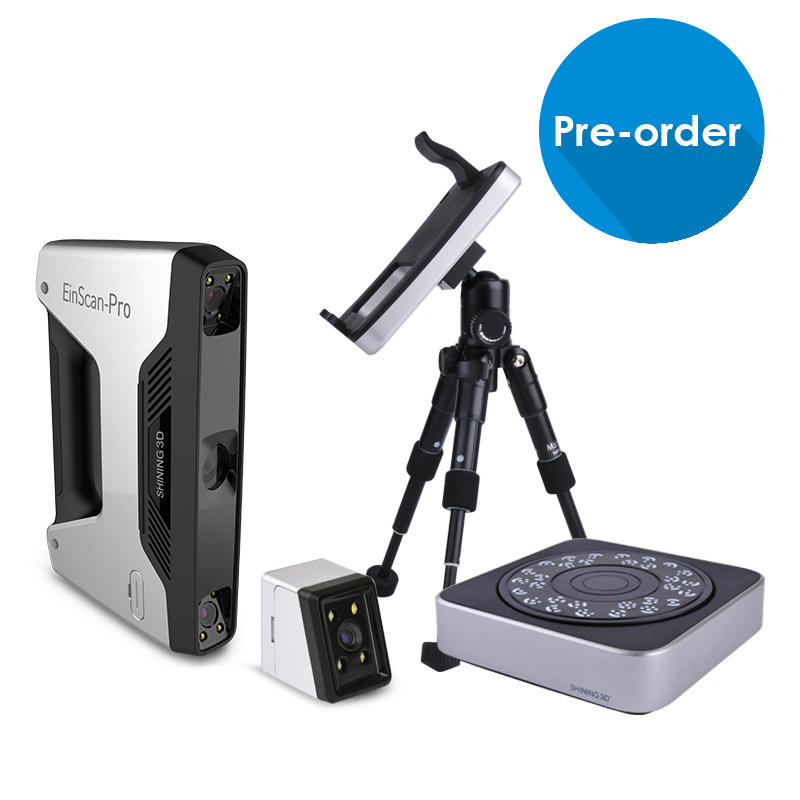 For this, you can use a number of paid and free programs (MeshLab, Kubit PointCloud for Au toCAD, 3D JRC Reconstructor, ImageModel, PolyWorks, Rapidform, Geomagic, Imageware, Rhino 3D, etc.). nine0028
For this, you can use a number of paid and free programs (MeshLab, Kubit PointCloud for Au toCAD, 3D JRC Reconstructor, ImageModel, PolyWorks, Rapidform, Geomagic, Imageware, Rhino 3D, etc.). nine0028 - Surface models: This method represents the next level of sophistication in the field of modeling. It applies a set of curved surfaces that give your object its shape. It can be NURBS, T-Spline or other curved objects from the topology. Using NURBS converts, for example, a sphere to its mathematical equivalent. Some applications require manual processing of the model, but more advanced programs also offer automatic mode. This option is not only easier to use, but also provides the ability to modify the model when exporting to a computer-aided design system (CAD). Surface models are editable, but only in a sculptural way. Organic and artistic forms lend themselves well to modeling. Surface modeling is available in Rapidform, Geomagic, Rhino 3D, Maya, T Splines. nine0028
- 3D CAD Models: From an engineering and manufacturing perspective, this type of simulation is a full digitized form of a parametric CAD model.
 After all, CAD is the industry's common "language" for describing, editing, and preserving the shape of an enterprise's assets. For example, in CAD, a sphere can be described by parametric functions that are easy to edit by changing their value (say, radius or center point).
After all, CAD is the industry's common "language" for describing, editing, and preserving the shape of an enterprise's assets. For example, in CAD, a sphere can be described by parametric functions that are easy to edit by changing their value (say, radius or center point).
These CAD models don't just describe the shell or shape of an object, but they also enable design intent (ie, critical features and their relationship to other features). An example of design intent that is not expressed in form would be the ribbed bolts of a brake drum, which should be concentric with the hole in the center of the drum. This nuance determines the sequence and method of creating a CAD model, so the engineer, taking into account these features, will develop bolts tied not to the outer diameter, but, on the contrary, to the center. Thus, to create such a CAD model, you need to correlate the shape of the object with the design intent. nine0003
There are several approaches to get a parametric CAD model.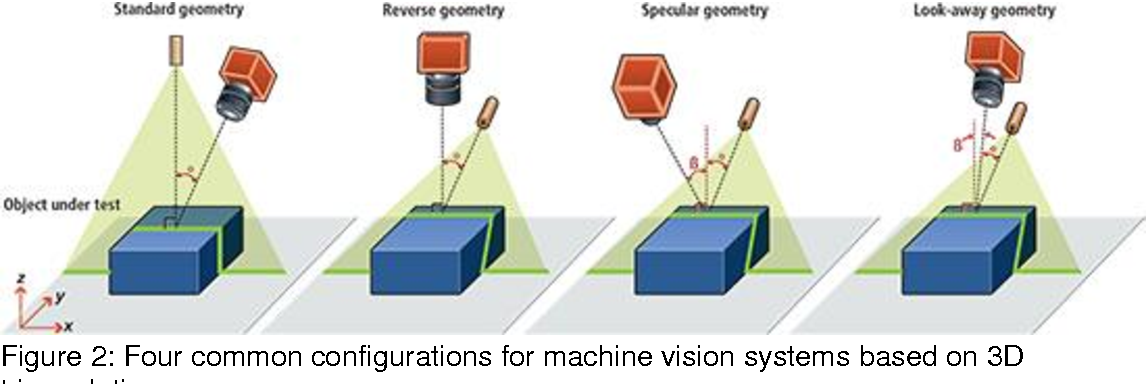 Some involve only exporting a NURBS surface, leaving the CAD engineer to complete the modeling (Geomagic, Imageware, Rhino 3D). Others use the scan data to create an editable and verifiable function model that can be fully imported into CAD with an intact fully functional tree, providing a complete fusion of shape and design intent of the CAD model (Geomagic, Rapidform). However, other CAD applications are powerful enough to manipulate a limited number of points or polygonal models in a CAD environment (CATIA, AutoCAD, Revit). nine0003
Some involve only exporting a NURBS surface, leaving the CAD engineer to complete the modeling (Geomagic, Imageware, Rhino 3D). Others use the scan data to create an editable and verifiable function model that can be fully imported into CAD with an intact fully functional tree, providing a complete fusion of shape and design intent of the CAD model (Geomagic, Rapidform). However, other CAD applications are powerful enough to manipulate a limited number of points or polygonal models in a CAD environment (CATIA, AutoCAD, Revit). nine0003
From the 2D slice set
3D reconstruction of the brain or eyeballs based on CT results is performed using DICOM images. Their peculiarity is that the areas on which air is displayed, or bones with a high density are made transparent, and the sections are superimposed in a free alignment interval. The outer ring of biomaterial surrounding the brain is made up of the soft tissues of the skin and muscles on the outside of the skull.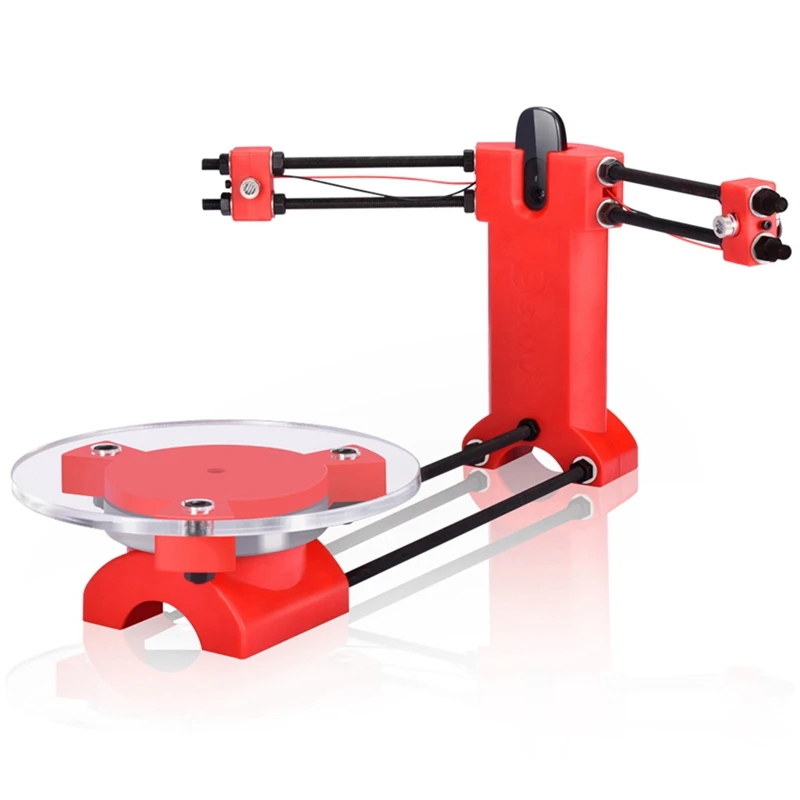 All sections are made on a black background. Since they are simple 2D images, when added one-to-one when viewed, the borders of each slice disappear due to their zero thickness. Each DICOM image is a slice about 5 mm thick. nine0088
All sections are made on a black background. Since they are simple 2D images, when added one-to-one when viewed, the borders of each slice disappear due to their zero thickness. Each DICOM image is a slice about 5 mm thick. nine0088
CT, industrial CT, MRI or microCT scanners do not create a point cloud, but 2D slices (referred to as a “tomogram”) that are superimposed on each other, resulting in a kind of 3D model. There are several ways to do this scan, depending on the desired result:
- Volume rendering: Different parts of an object usually have different thresholds and grayscale densities. Based on this, a three-dimensional model can be freely designed and displayed on the screen. Several models can be made from different thresholds, allowing different colors to represent a specific part of an object. Volumetric rendering is most often used to render a scanned object. nine0028
- Image segmentation: When different structures have similar threshold or midtone values, it may not be possible to separate them simply by changing volume rendering parameters.
 The solution to the problem will be segmentation - a manual or automatic procedure that will remove unnecessary structures from the image. Special programs that support image segmentation allow you to export segmented structures to CAD or STL format, which will allow you to continue working with them. nine0028
The solution to the problem will be segmentation - a manual or automatic procedure that will remove unnecessary structures from the image. Special programs that support image segmentation allow you to export segmented structures to CAD or STL format, which will allow you to continue working with them. nine0028 - Meshing based on image analysis: When 3D image data (CFD and FEA) is used for computer analysis, simple data segmentation and meshing from a CAD file can be quite time consuming. In addition, some typical image data may not be inherently suitable for a complex topology. The solution lies in image analysis meshing, which is an automated process for generating an accurate and realistic geometric description of the scanned data. nine0028
Application
Material Handling and Manufacturing
3D Laser Scanning describes a general way to measure or scan a surface using laser technology. It is used in several areas at once, differing mainly in the power of the lasers that are used and the results of the scan itself.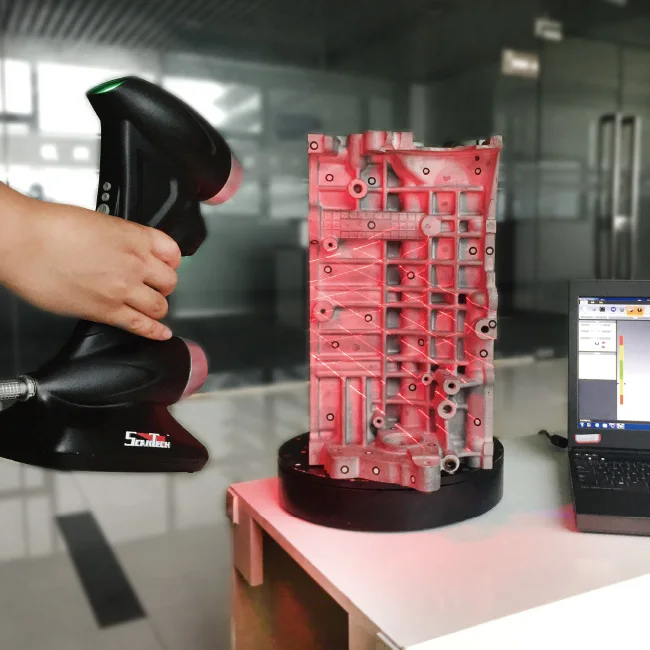 Low laser power is needed when the scanned surface should not be influenced, for example, if it only needs to be digitized. Confocal or 3D laser scanning are methods that provide information about the scanned surface. Another low power application involves a projection system that uses structured light. It is applied to solar panel plane metrology involving voltage calculation with a throughput of more than 2,000 plates per hour. nine0003
Low laser power is needed when the scanned surface should not be influenced, for example, if it only needs to be digitized. Confocal or 3D laser scanning are methods that provide information about the scanned surface. Another low power application involves a projection system that uses structured light. It is applied to solar panel plane metrology involving voltage calculation with a throughput of more than 2,000 plates per hour. nine0003
The laser power used for laser scanning of industrial equipment is 1W. The power level is typically 200mW or less.
Construction industry
- Robot control: laser scanner acts as the eye of the robot
- Executive drawings of bridges, industrial plants, monuments
- Documentation of Historic Sites
- Site modeling and layout
- Quality control
- Measurement of works
- Reconstruction of highways
- Marking an already existing shape/state to identify structural changes after extreme events - earthquake, ship or truck impact, fire.
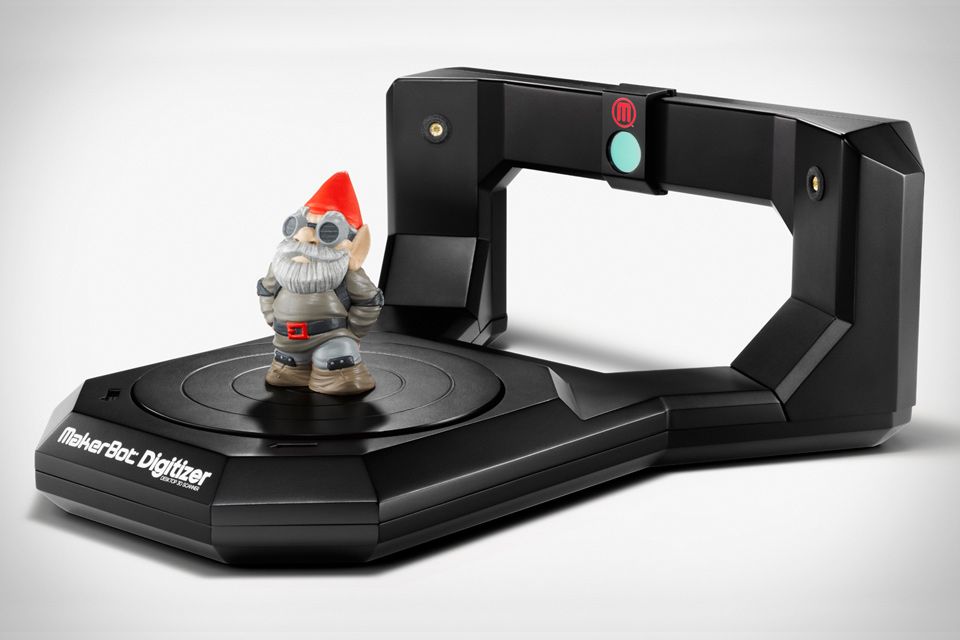
- Creation of GIS (Geographic Information System), maps and geomatics
- Scanning of subsurface in mines and karst voids
- Court records
Benefits of 3D scanning
Creating a 3D model by scanning has the following benefits:
- Increases efficiency in working with complex parts and shapes
- Encourages product design when needed to add a part created by someone else.
- If CAD models become outdated, 3D scanning will provide an updated version
- Replaces missing or missing parts of
Entertainment
3D scanners are widely used in the entertainment industry to create 3D digital models in film and video games. If the model being created has a counterpart in the real world, then scanning will allow you to create a three-dimensional model much faster than developing the same model through 3D modeling. Quite often, artists first sculpt a physical model, which is then scanned to get a digital equivalent, instead of creating such a model on a computer.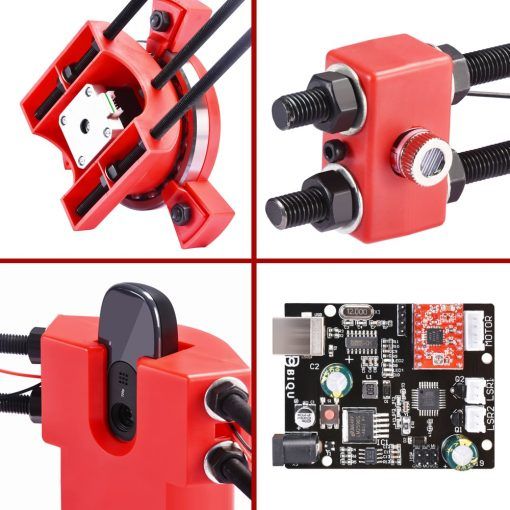 nine0003
nine0003
Reverse engineering
Reverse engineering of mechanical components requires a very precise digital model of the objects to be recreated. This is a good alternative to converting many points of a digital model to a polygon mesh, using a set of NURBS flat and curved surfaces, or, ideally for mechanical components, creating a 3D CAD model. A 3D scanner can be used to digitize objects that freely change shape. As well as the prismatic configuration, for which a coordinate measuring machine is usually used. This will allow you to determine the simple dimensions of the prismatic model. This data is further processed by special programs for reverse engineering. nine0003
3D printing
3D scanners are also actively used in the field of 3D printing, as they allow you to create fairly accurate 3D models of various objects and surfaces in a short time, suitable for further refinement and printing. In this area, both contact and non-contact scanning methods are used, both methods have certain advantages.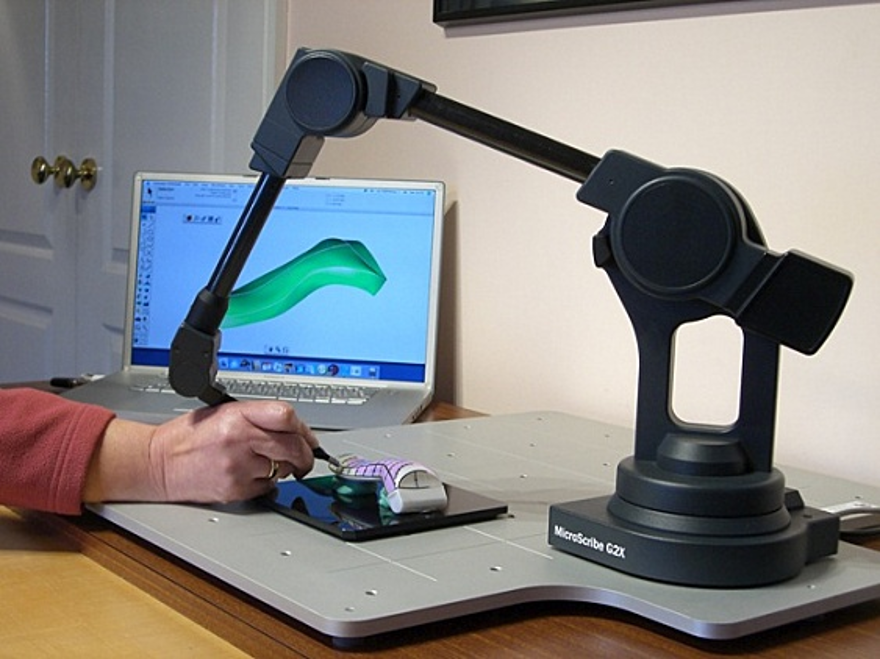
Cultural heritage
An example of copying a real object through 3D scanning and 3D printing. There are many research projects that have been carried out using the scanning of historical sites and artifacts to document and analyze them. The combined use of 3D scanning and 3D printing makes it possible to replicate real objects without the use of a traditional plaster cast, which in many cases can damage a valuable or delicate cultural heritage artifact. The sculpture of the figure on the left was digitized using a 3D scanner, and the resulting data was converted in the MeshLab program. The resulting digital 3D model was printed using a rapid prototyping machine that allows you to create a real copy of the original object. nine0088
Michelangelo
There are many research projects that have been carried out using scanning of historical sites and artifacts to document and analyze them.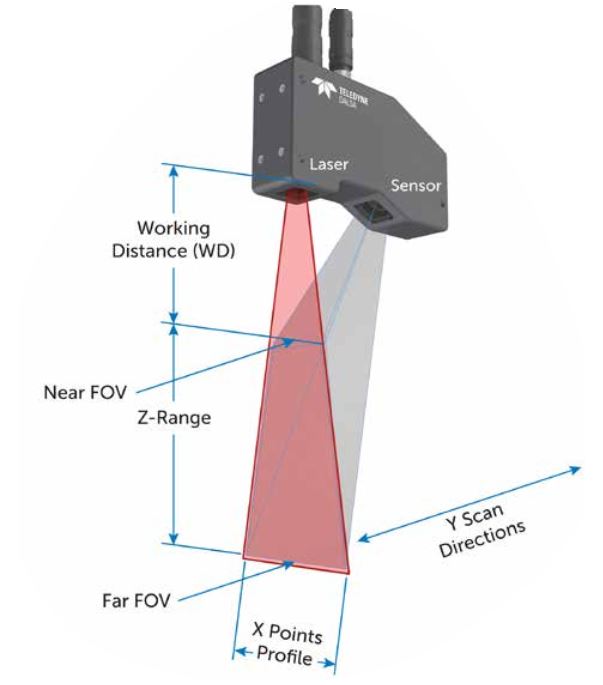
In 1999, 2 different research groups started scanning Michelangelo's statues. Stanford University, along with a team led by Mark Levoy, used a conventional laser triangulation scanner built by Cyberware specifically to scan Michelangelo's statues in Florence. In particular, the famous David, "Slaves" and 4 more statues from the Medici chapel. Scanning is performed with a dot density of 0.25 mm, sufficient to see the traces of Michelangelo's chisel. Such a detailed scan involves obtaining a huge amount of data (about 32 gigabytes). It took about 5 months to process them. nine0003
Around the same time, a research group from IBM was working, led by H. Raschmeyer and F. Bernardini. They were tasked with scanning the Florentine Pieta sculpture to obtain both geometric data and color information. The digital model obtained from a Stanford University scan was fully used in 2004 to further restore the statue.
Medical applications CAD/CAM
3D scanners are widely used in orthopedics and dentistry to create a 3D patient shape. Gradually, they replace the outdated gypsum technology. CAD/CAM software is used to create prostheses and implants.
Gradually, they replace the outdated gypsum technology. CAD/CAM software is used to create prostheses and implants.
Many dentistry uses CAD/CAM as well as 3D scanners to capture the 3D surface of a dentifrice (in vivo or in vitro) in order to create a digital model using CAD or CAM techniques (e.g. , for a CNC milling machine (computer numerical control), as well as a 3D printer). Such systems are designed to facilitate the process of 3D scanning of the drug in vivo with its further modeling (for example, for a crown, filling or inlay). nine0003
Quality assurance and industrial metrology
The digitization of real world objects is of great importance in various fields of application. 3D scanning is very actively used in industry to ensure product quality, for example, to measure geometric accuracy. Predominantly all industrial processes such as assembly are quite complex, they are also highly automated and are usually based on CAD (computer-aided design data).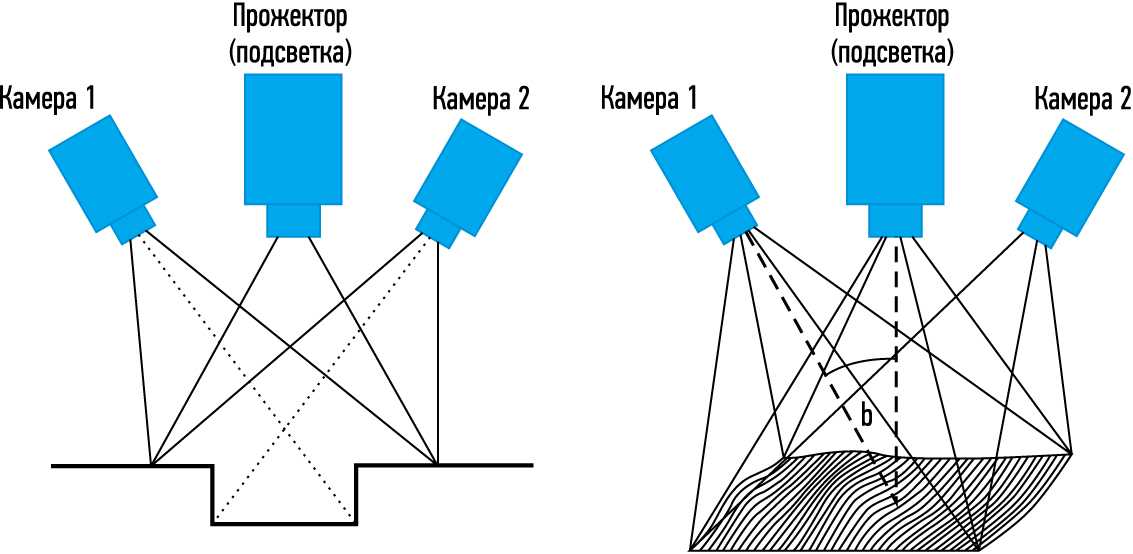 The problem is that the same degree of automation is required for quality assurance. A striking example is the automated assembly of modern cars, because they consist of many parts that must match exactly with each other. nine0197 Optimum performance levels are guaranteed by quality assurance systems. Geometrical metal parts need special checking, because they must be of the correct size, fit together to ensure reliable operation.
The problem is that the same degree of automation is required for quality assurance. A striking example is the automated assembly of modern cars, because they consist of many parts that must match exactly with each other. nine0197 Optimum performance levels are guaranteed by quality assurance systems. Geometrical metal parts need special checking, because they must be of the correct size, fit together to ensure reliable operation.
In highly automated processes, the results of geometric measurements are transferred to machines that produce the corresponding objects. Due to friction and other mechanical processes, the digital model may differ slightly from the real object. In order to automatically capture and evaluate these deviations, the manufactured parts must be rescanned. For this, 3D scanners are used, which create a reference model with which the received data are compared. nine0197 The process of comparing 3D data and CAD model is called CAD comparison, and can be a useful method for determining mold and machine wear, final assembly accuracy, tear analysis, and the volumetric surface of a disassembled part.


